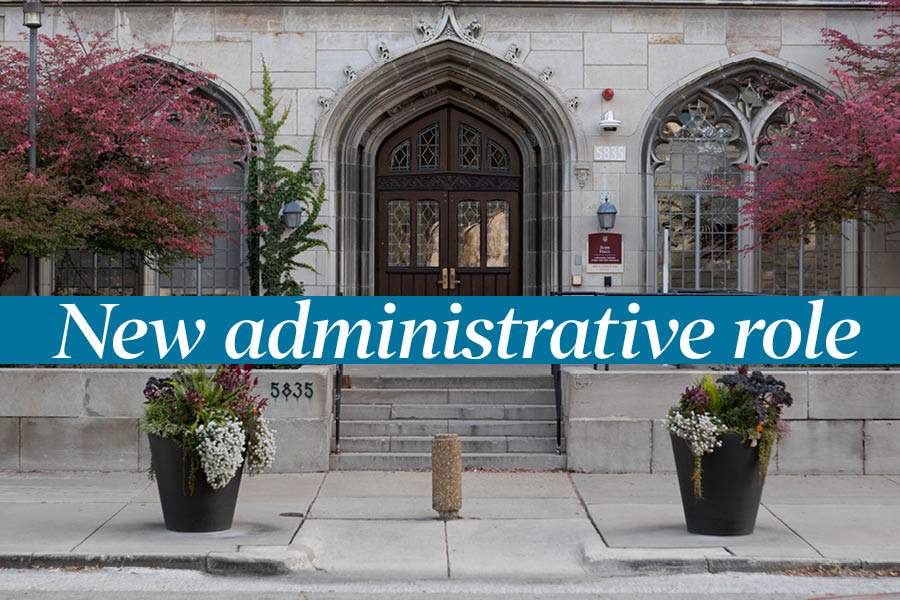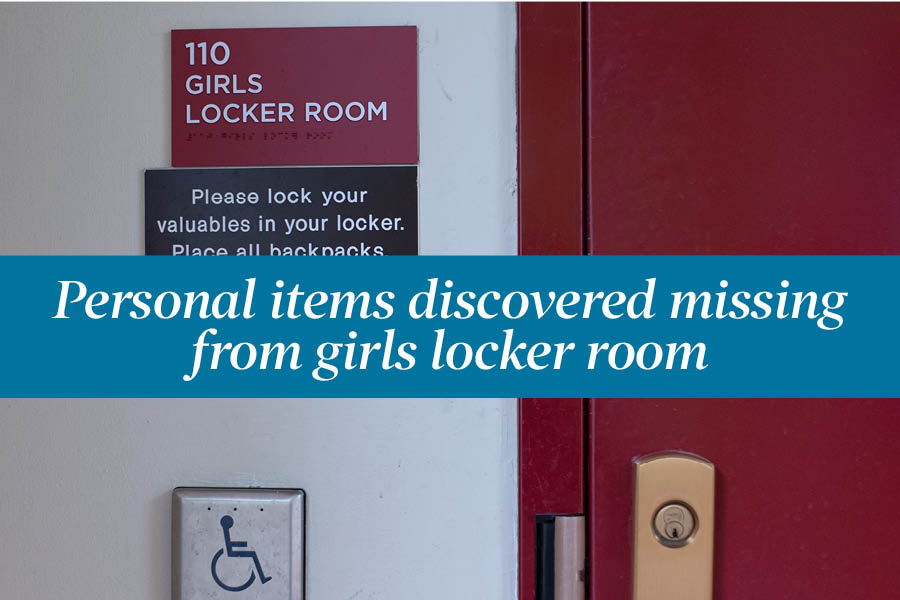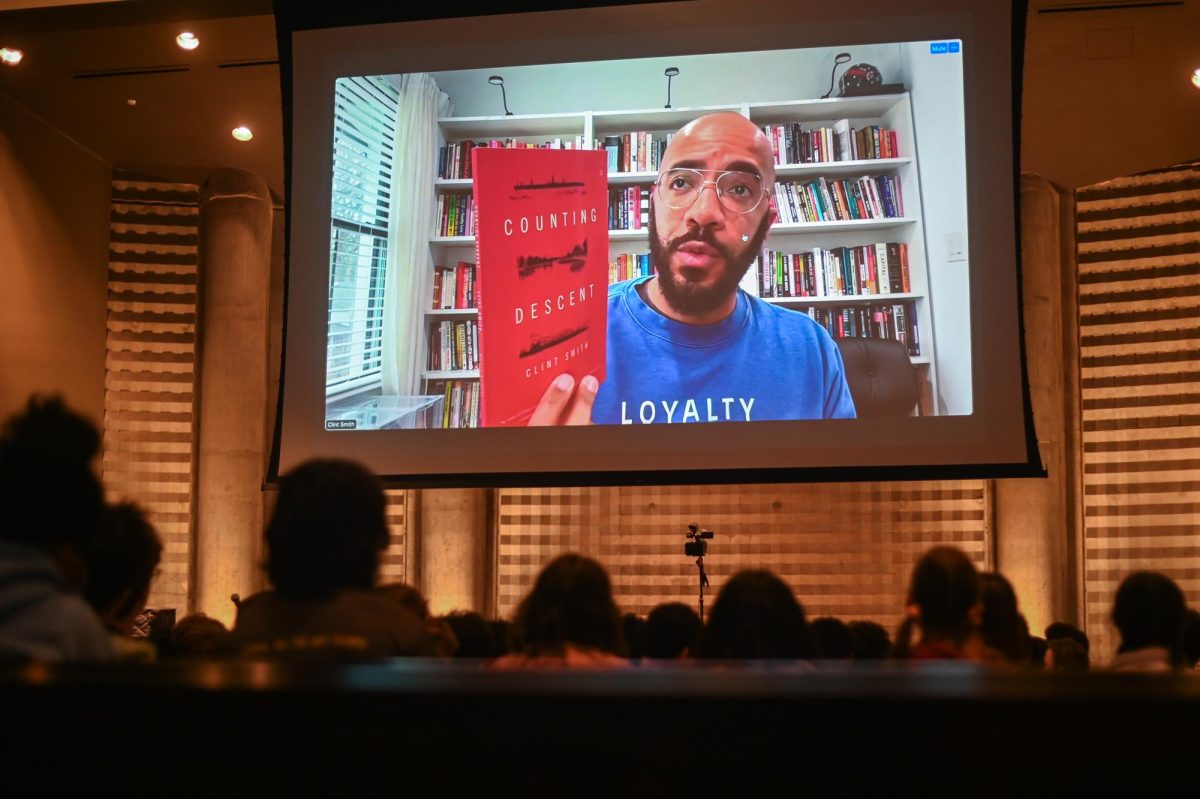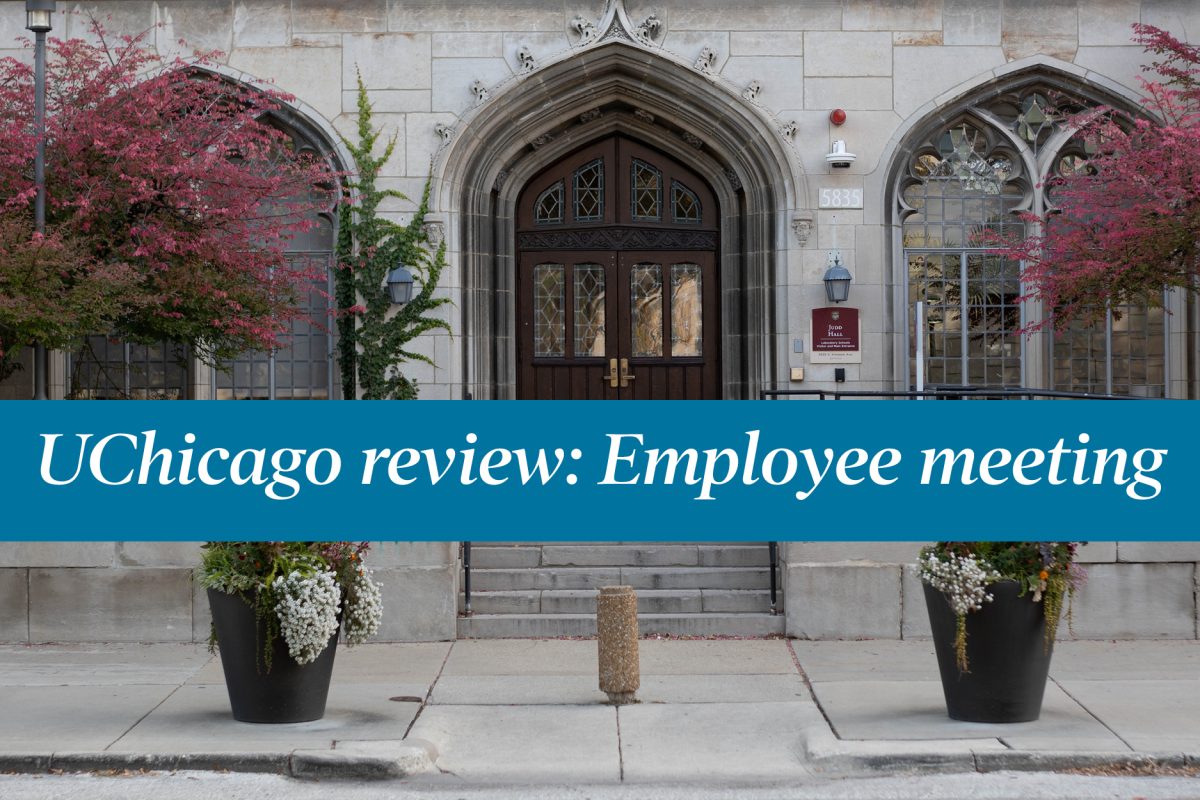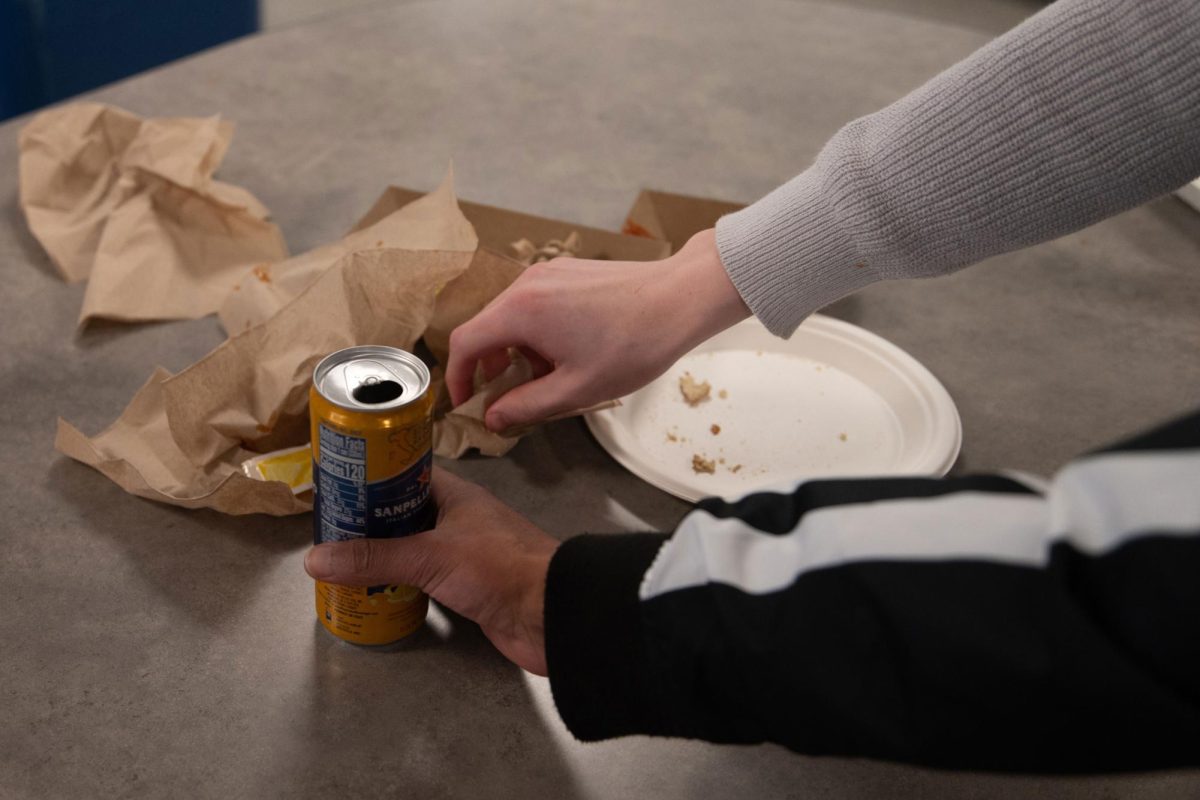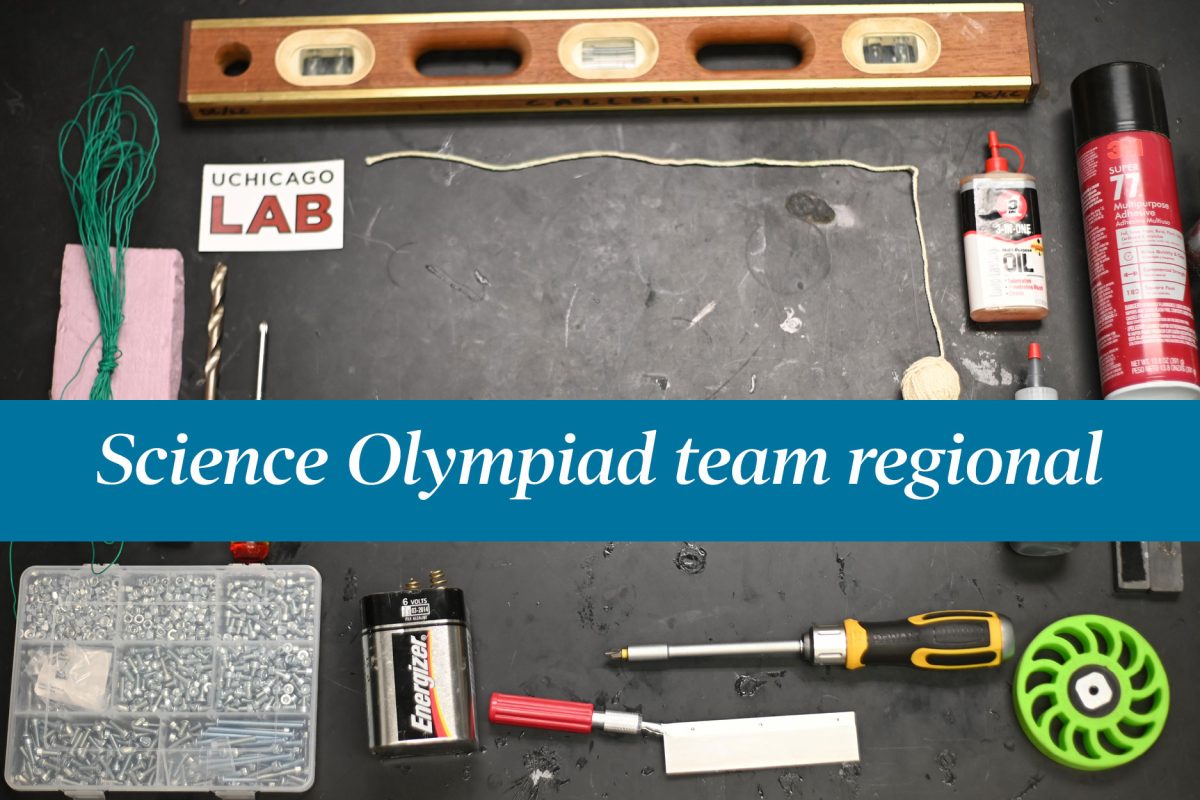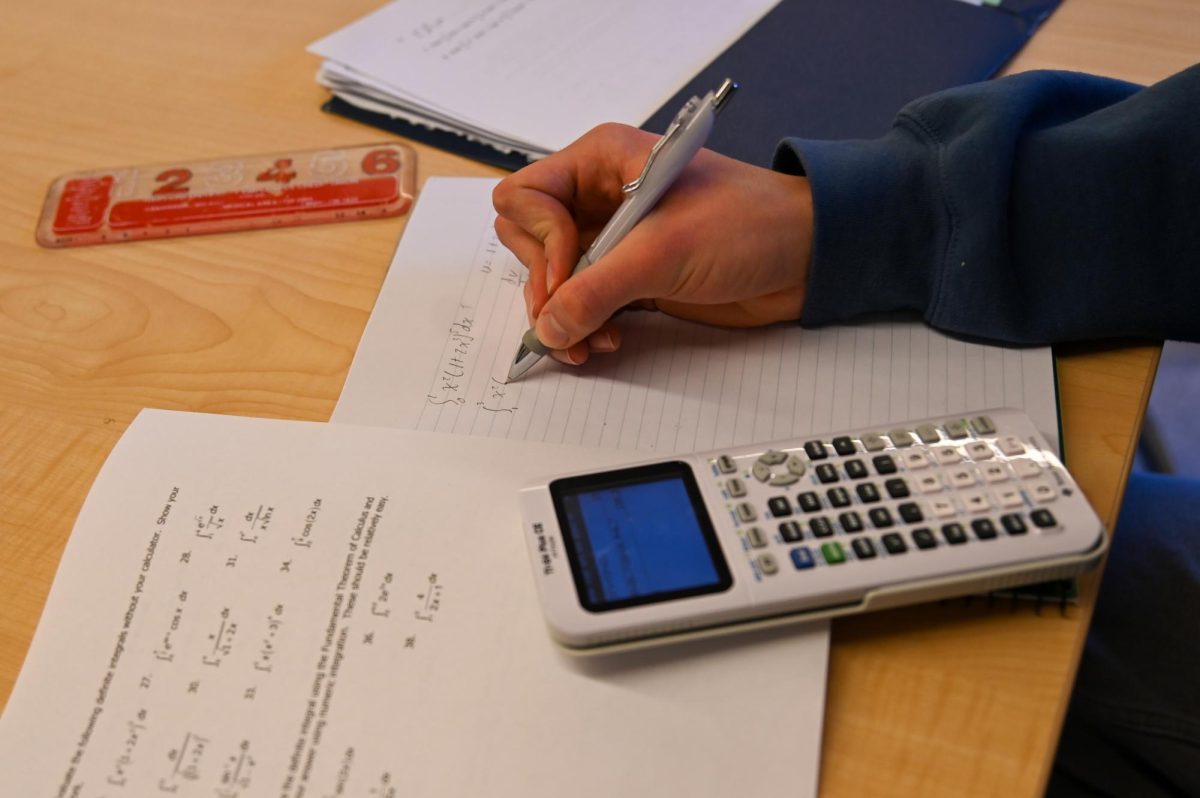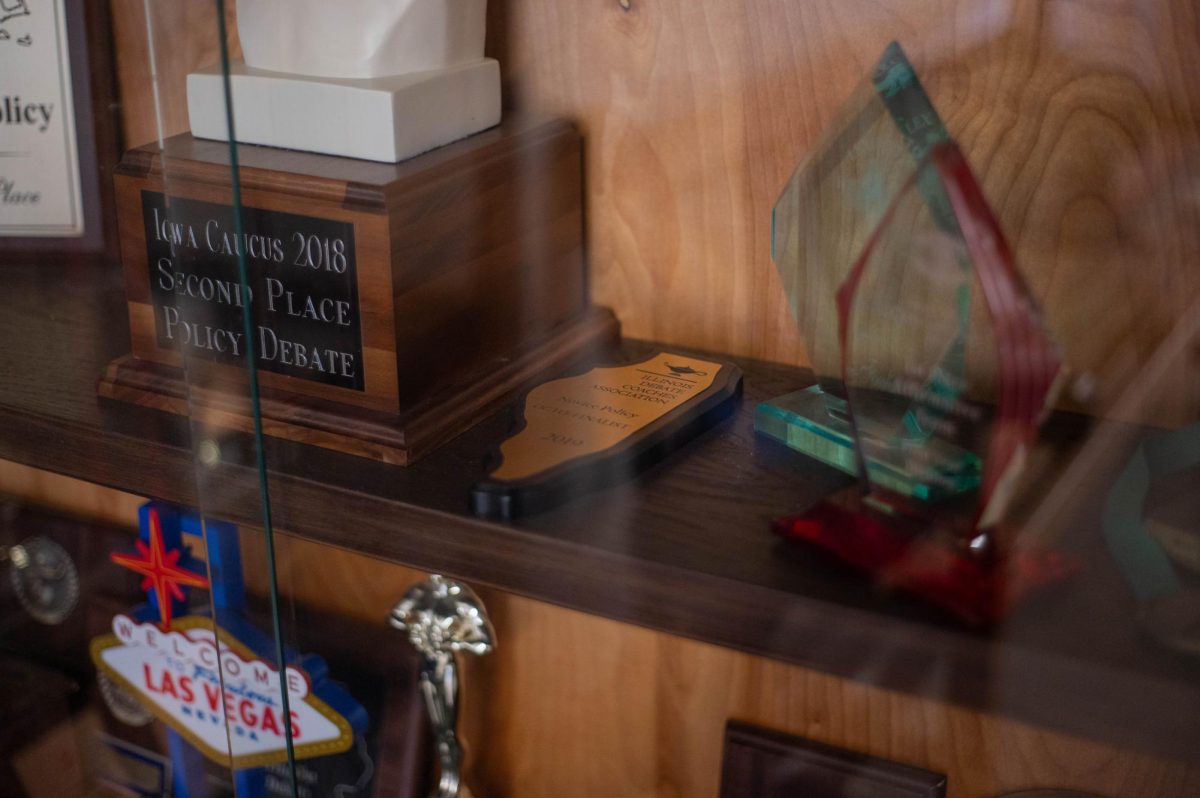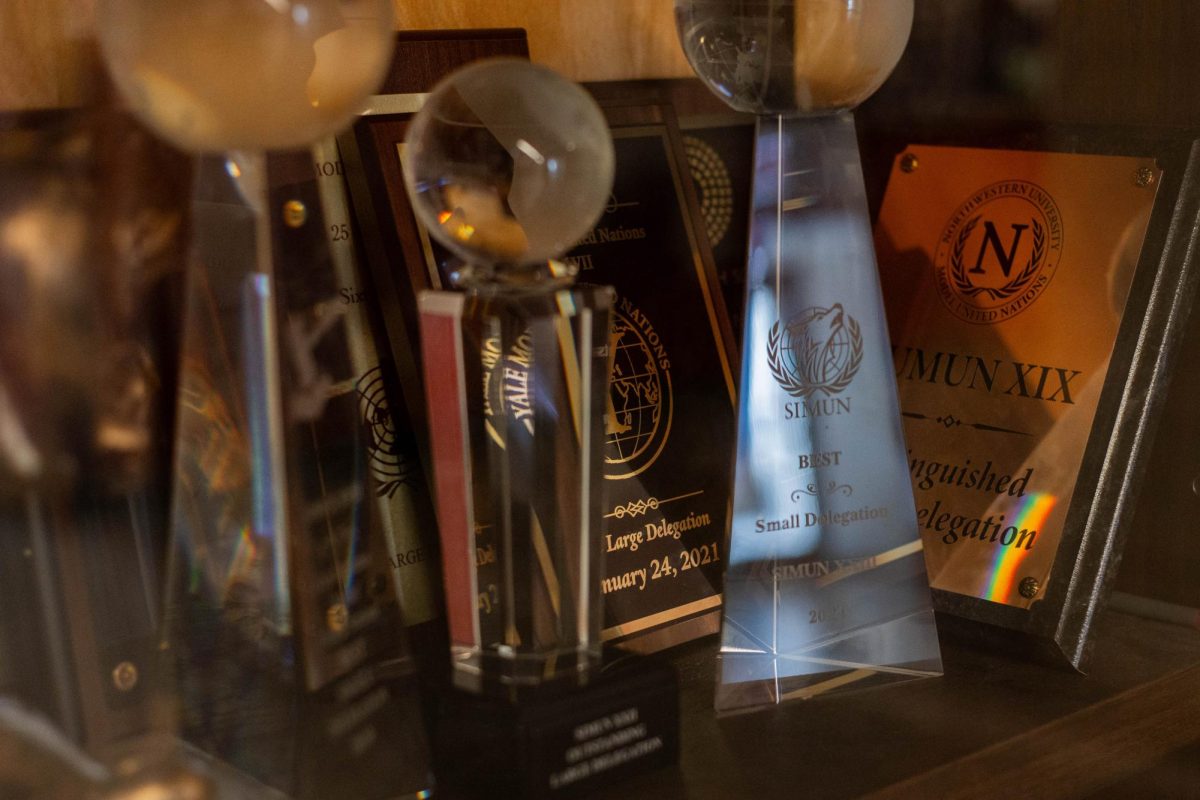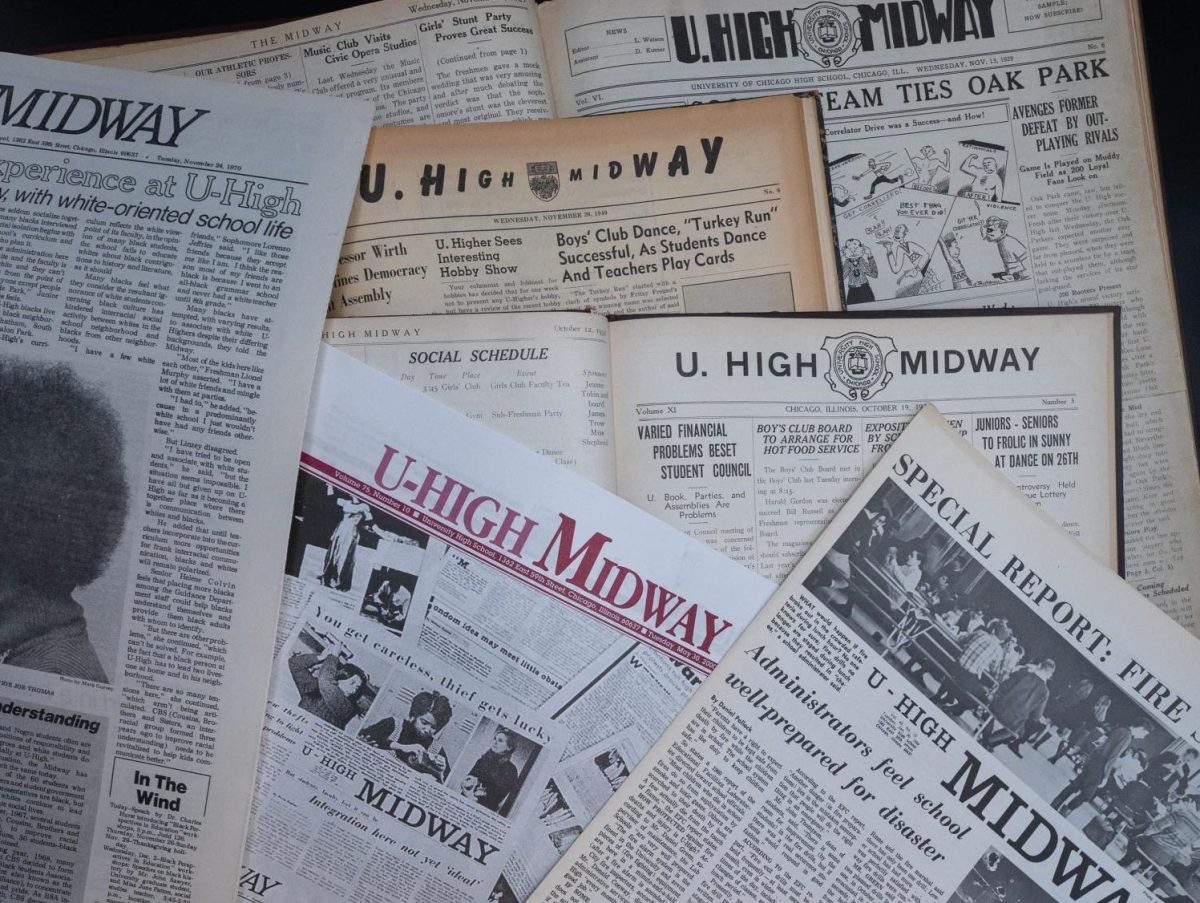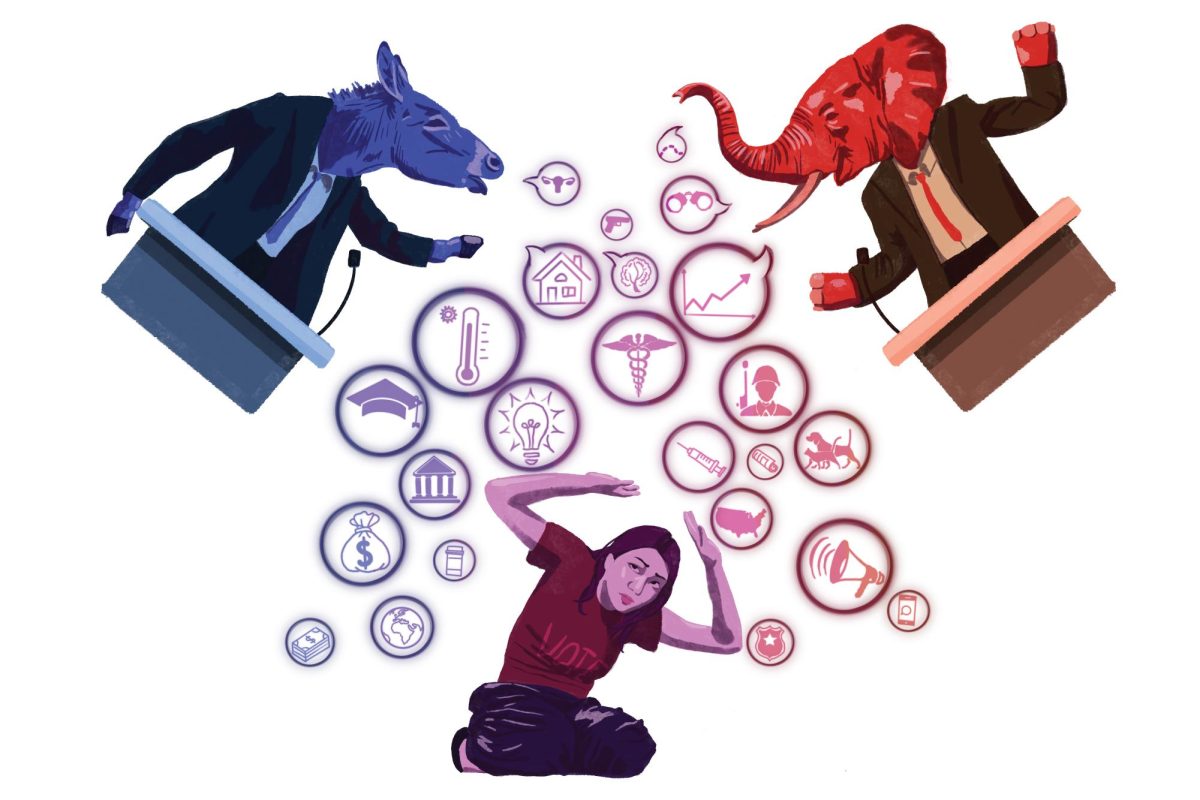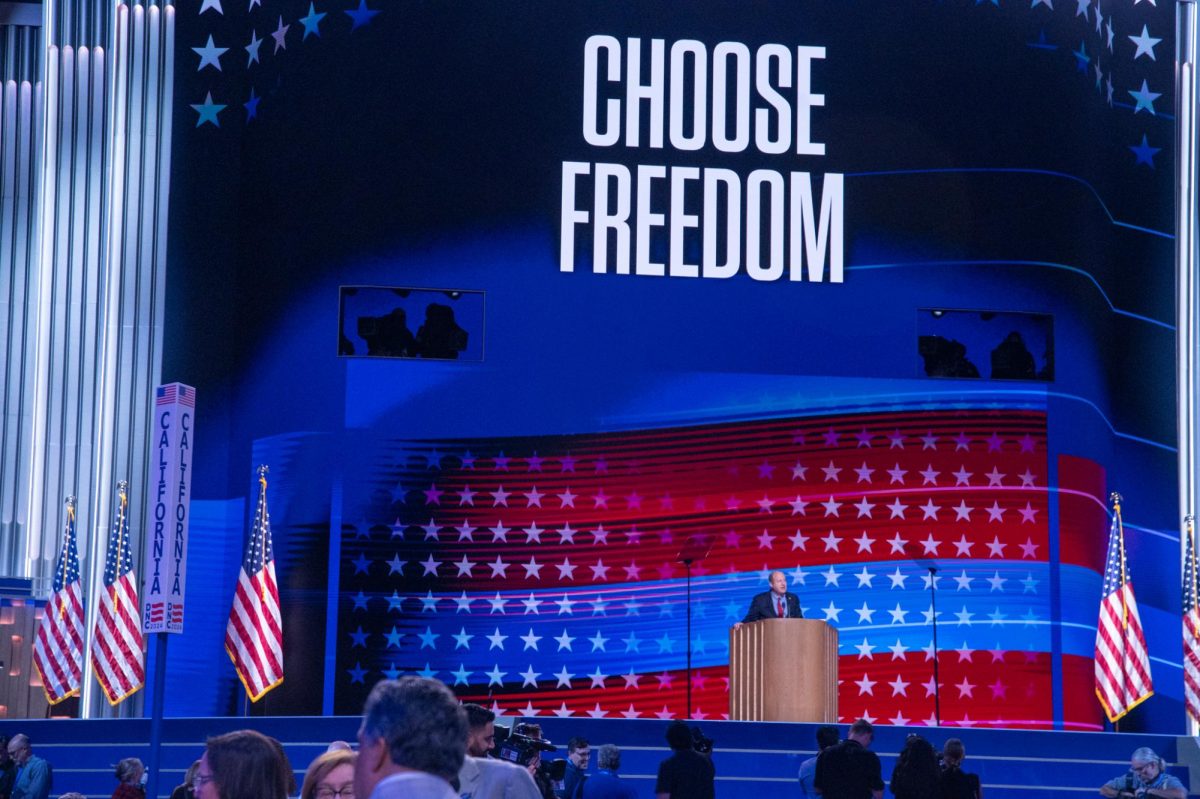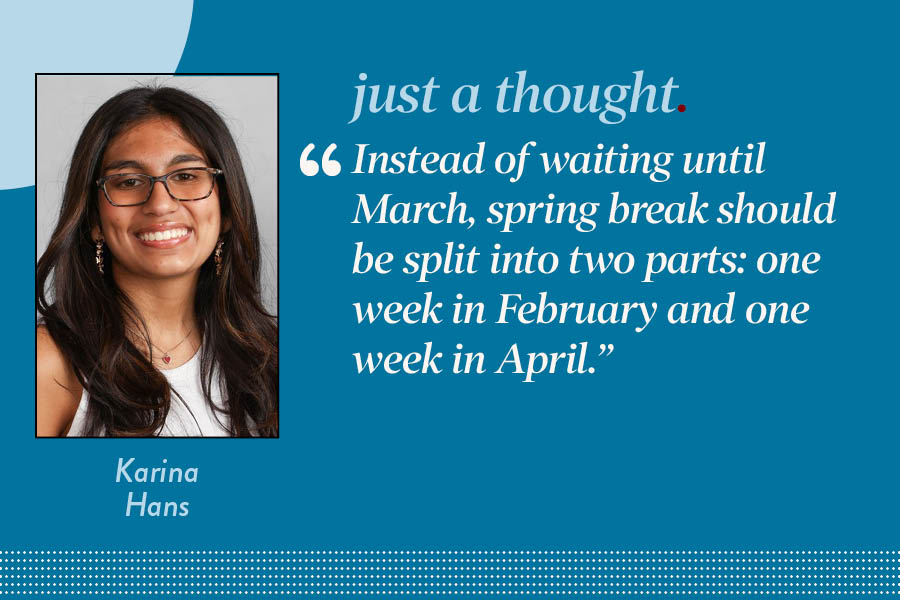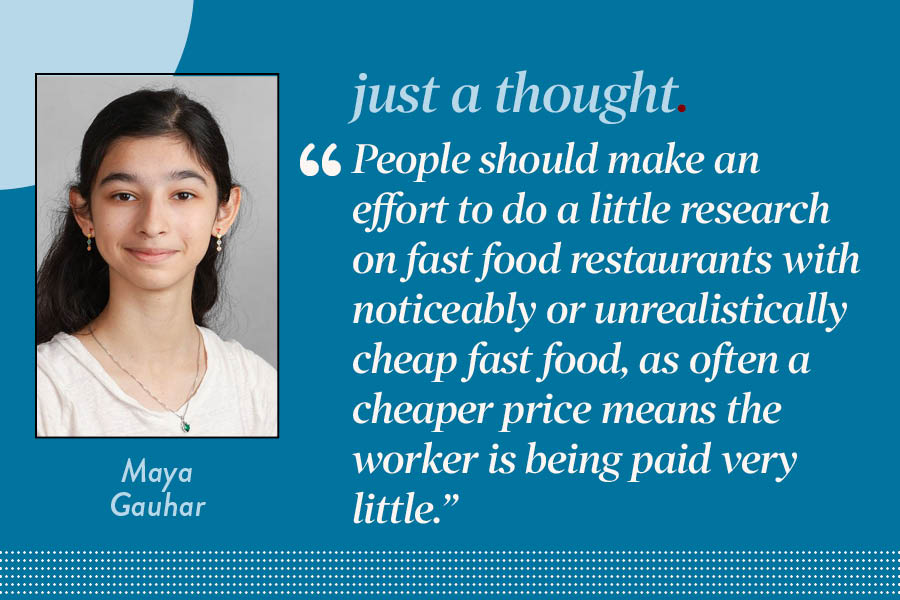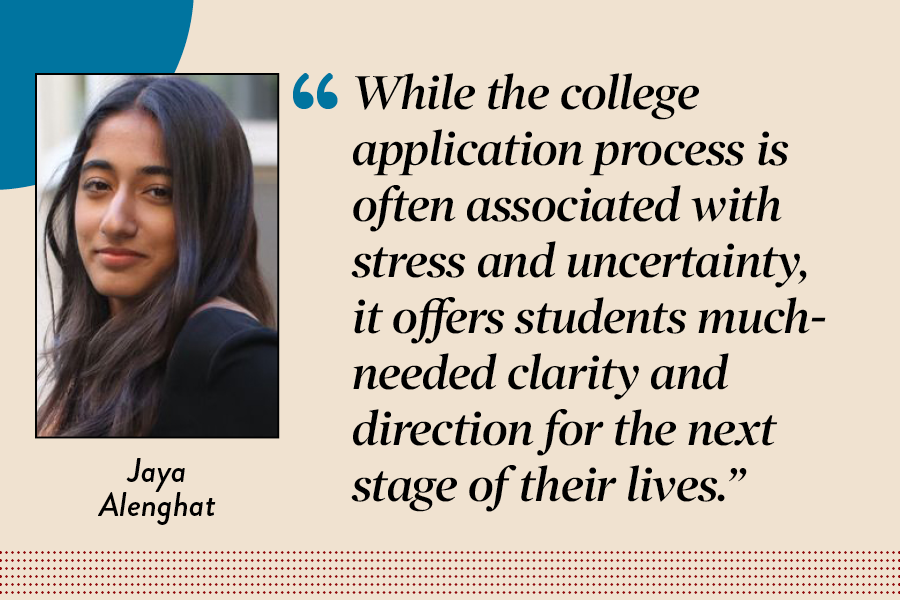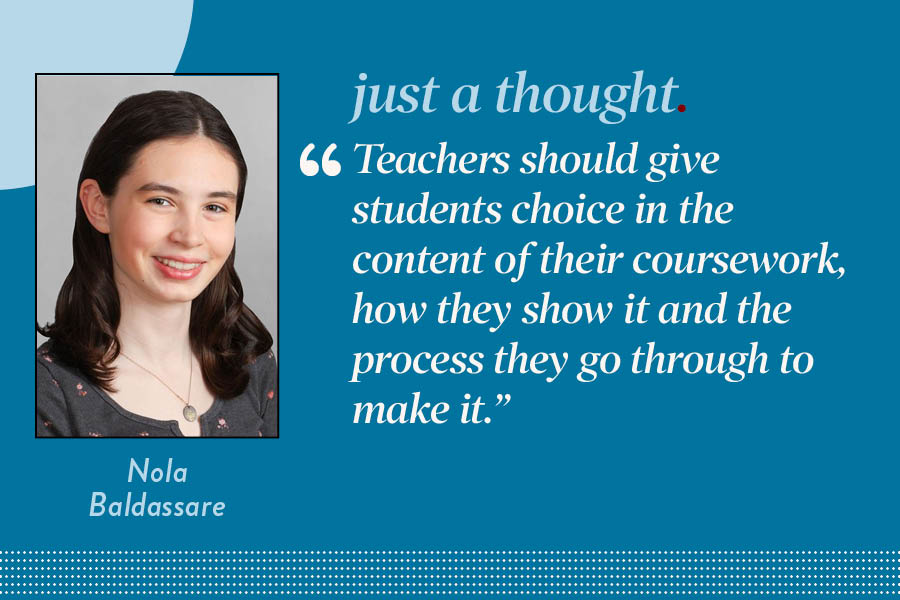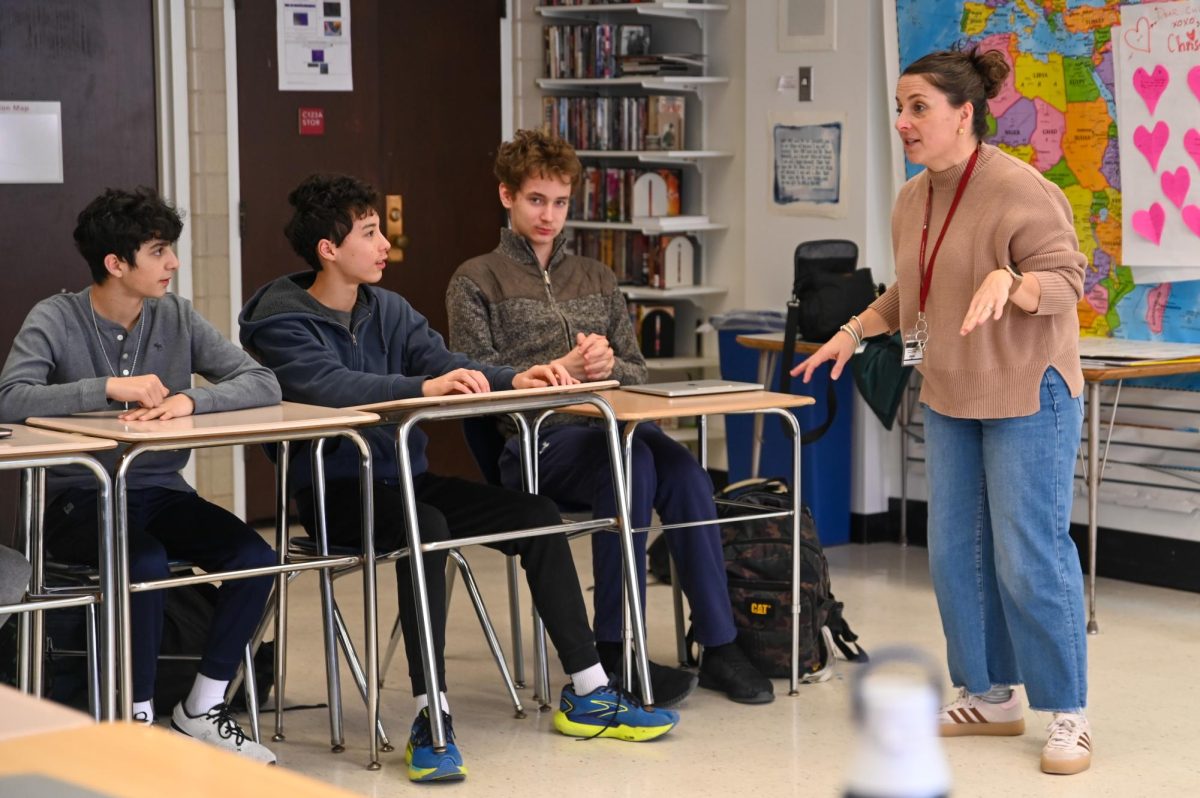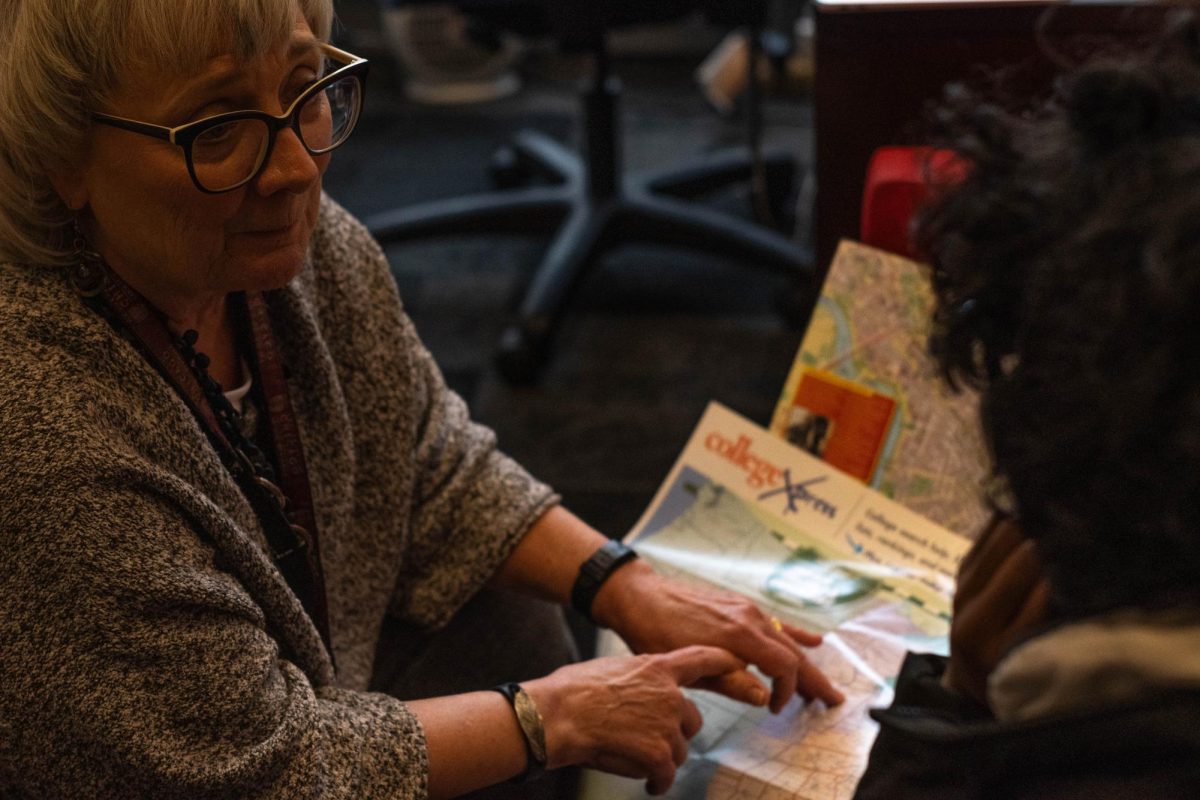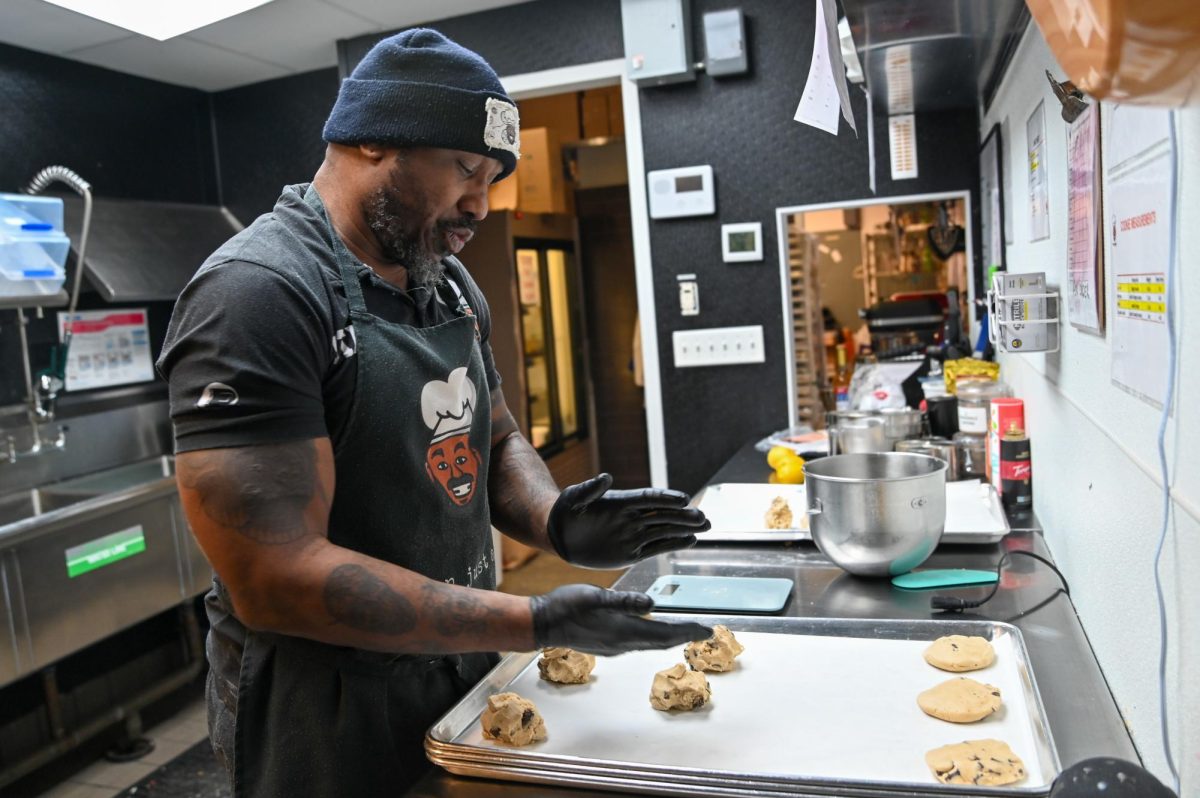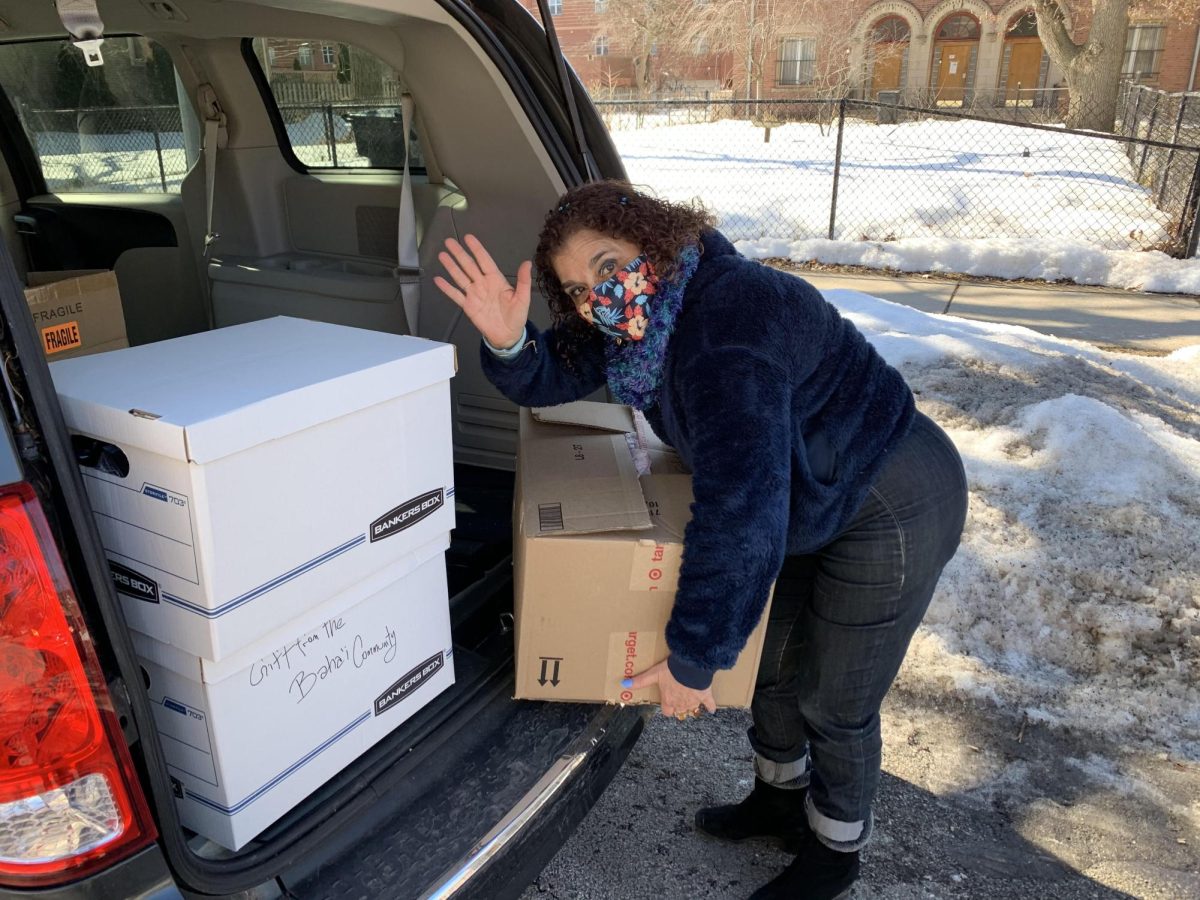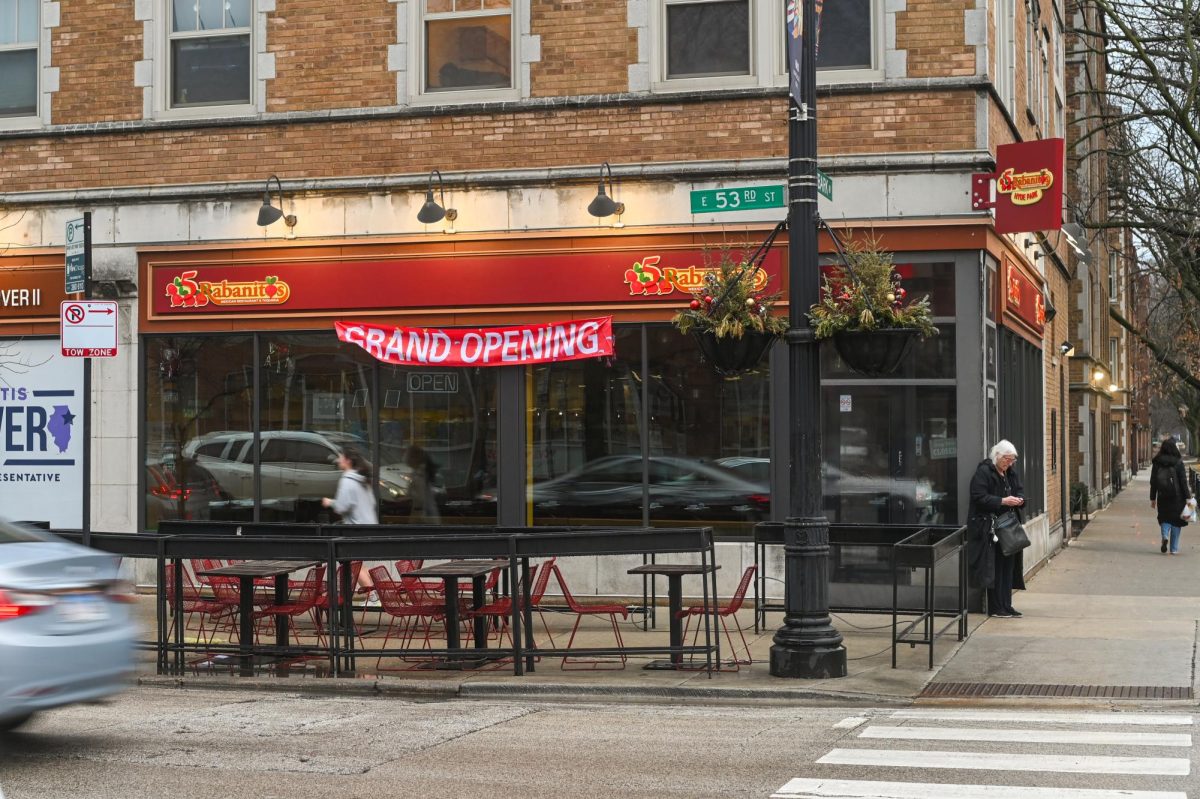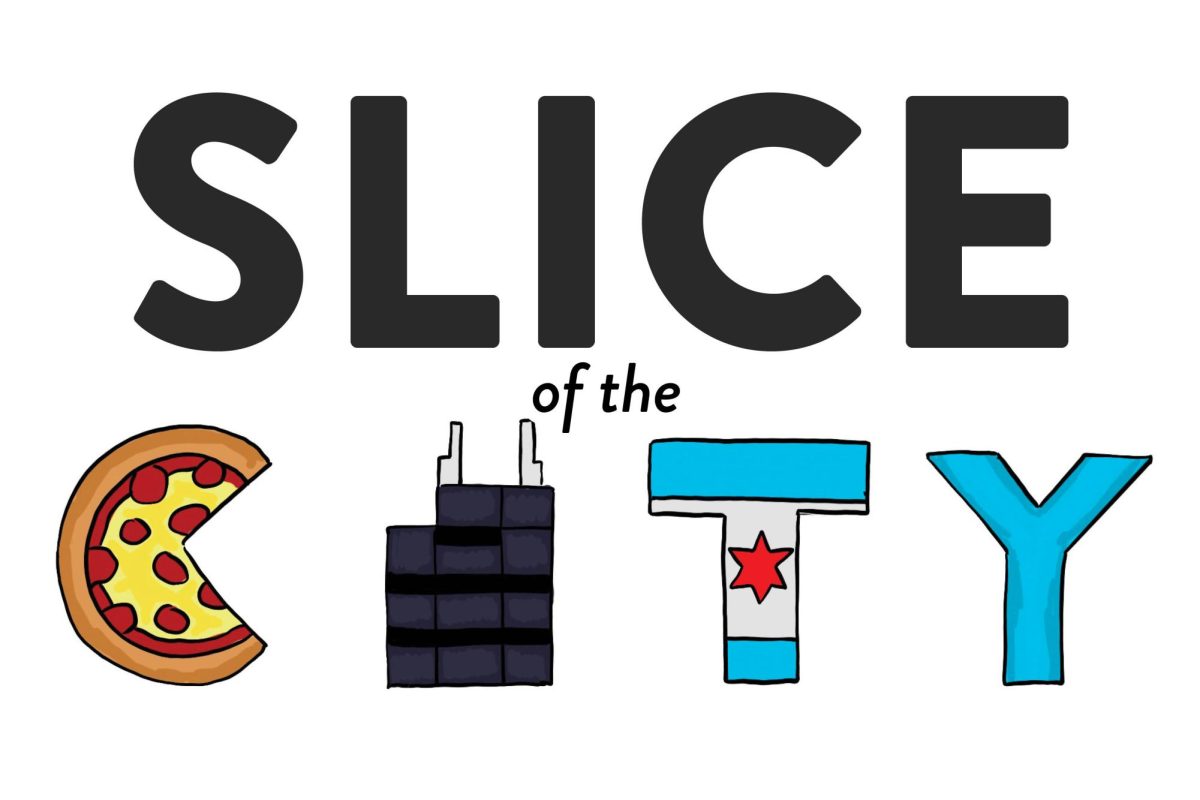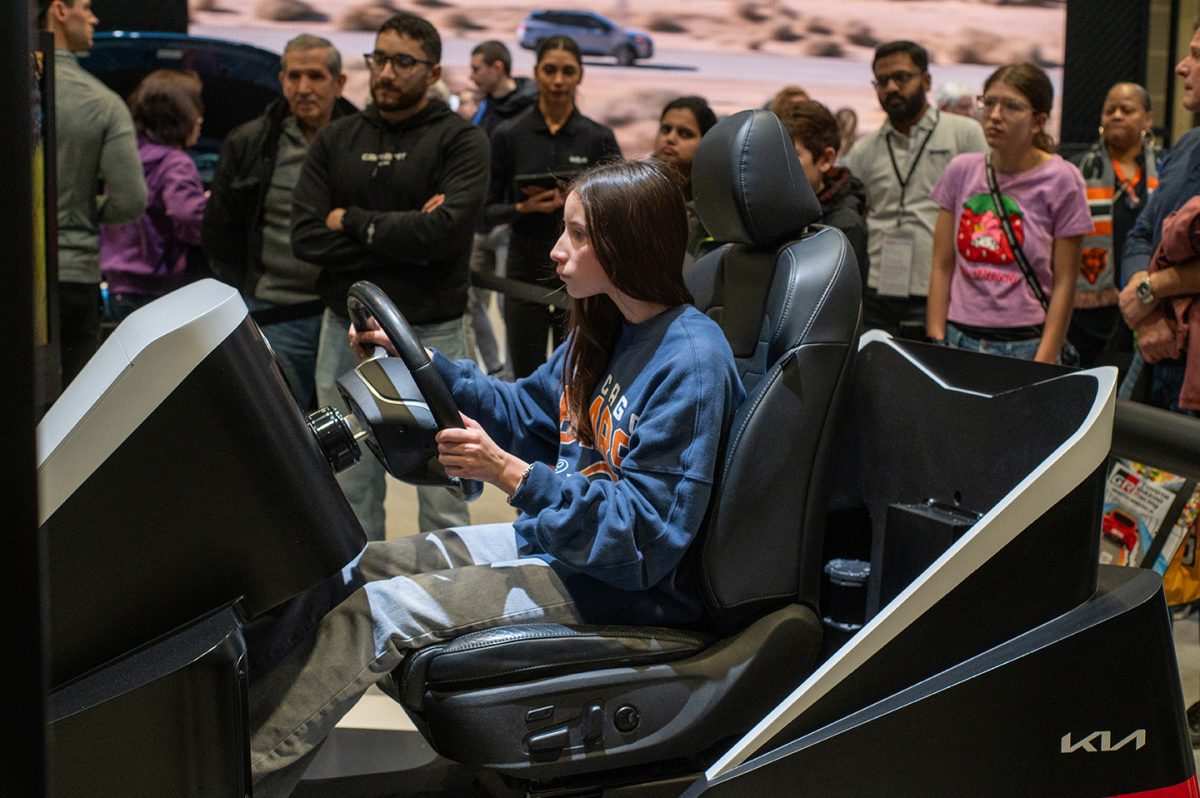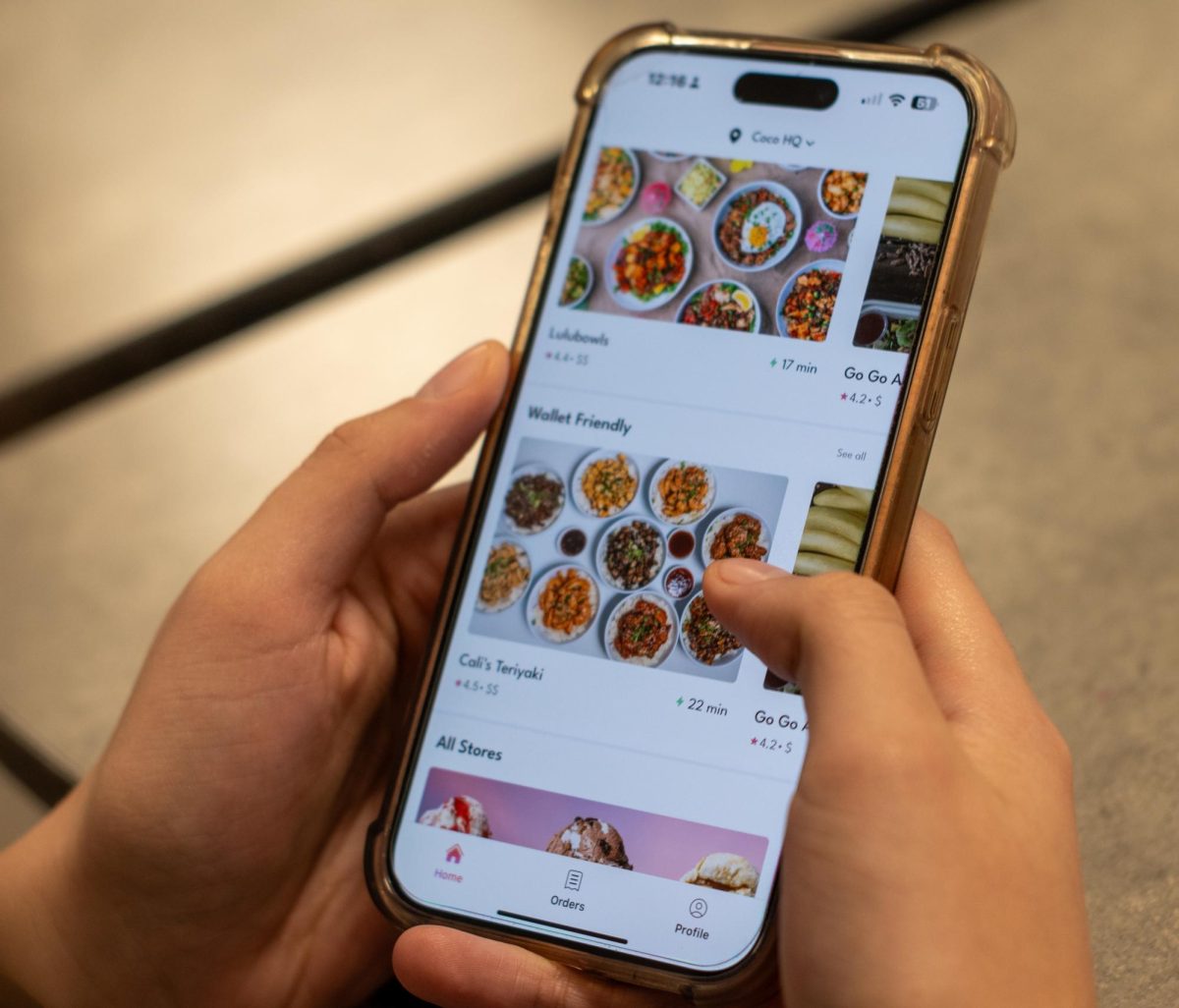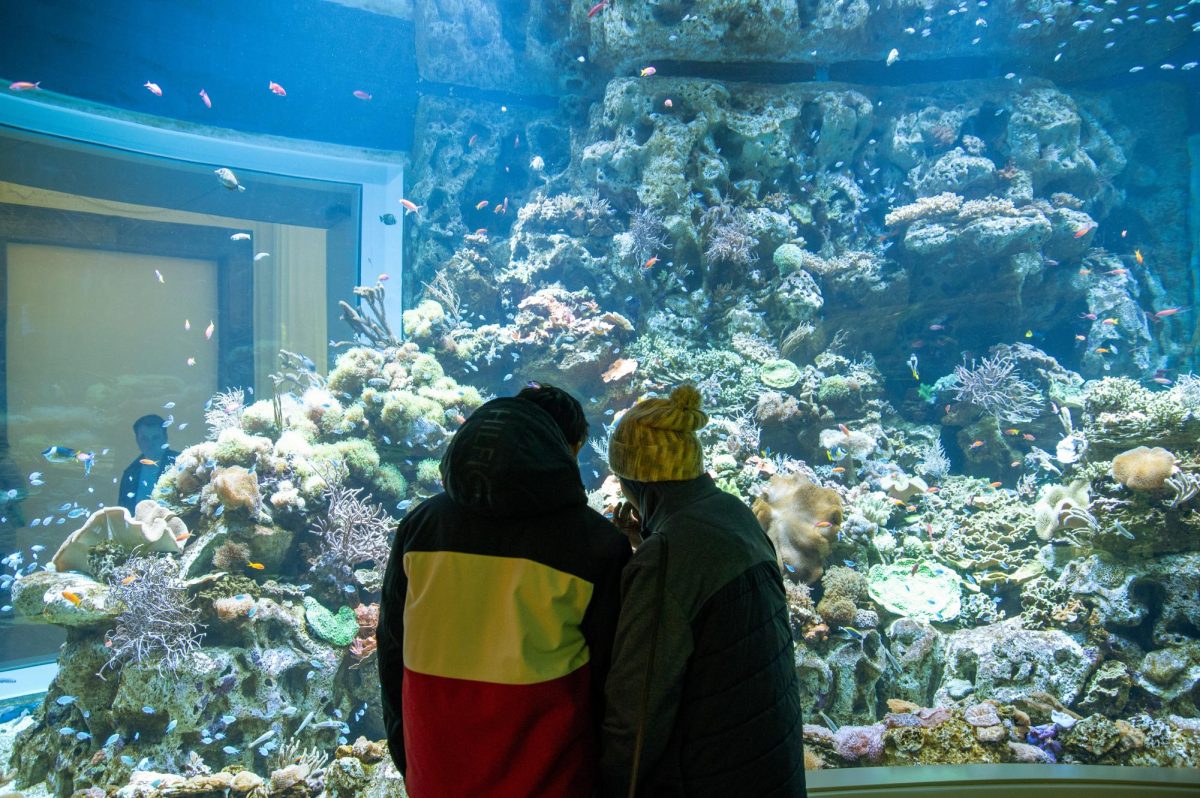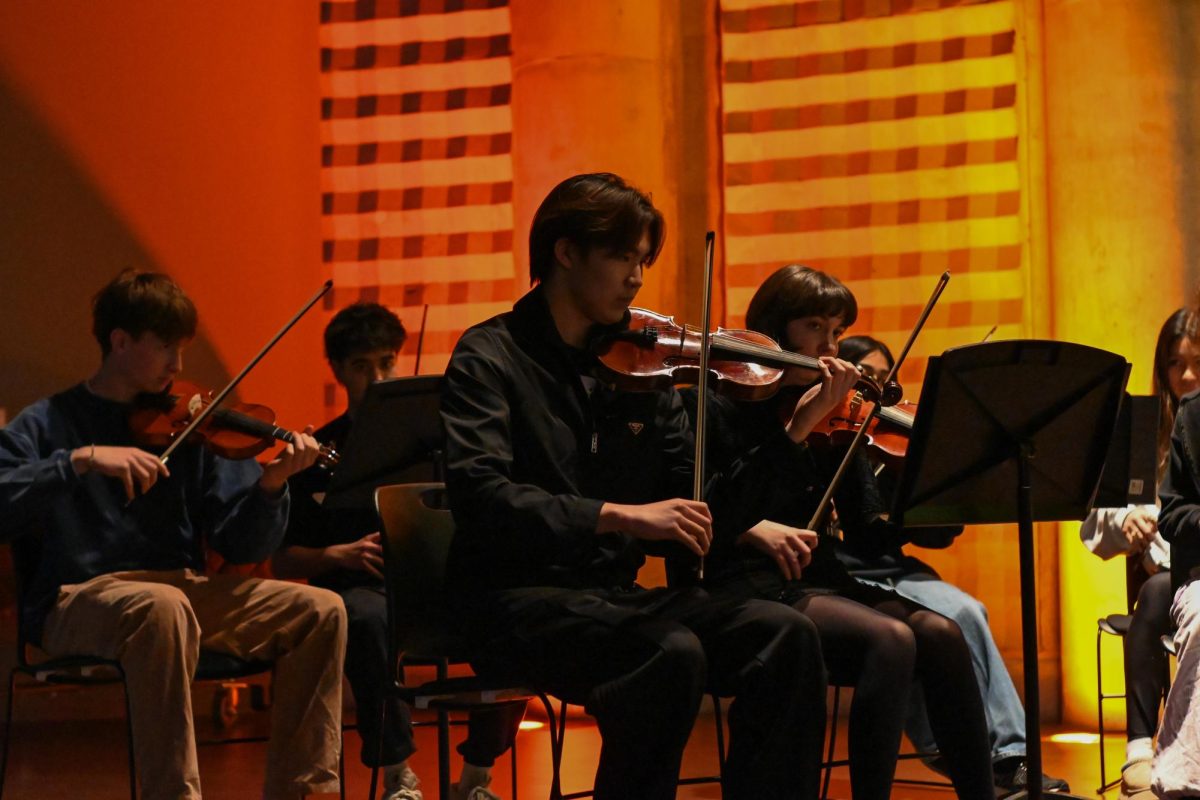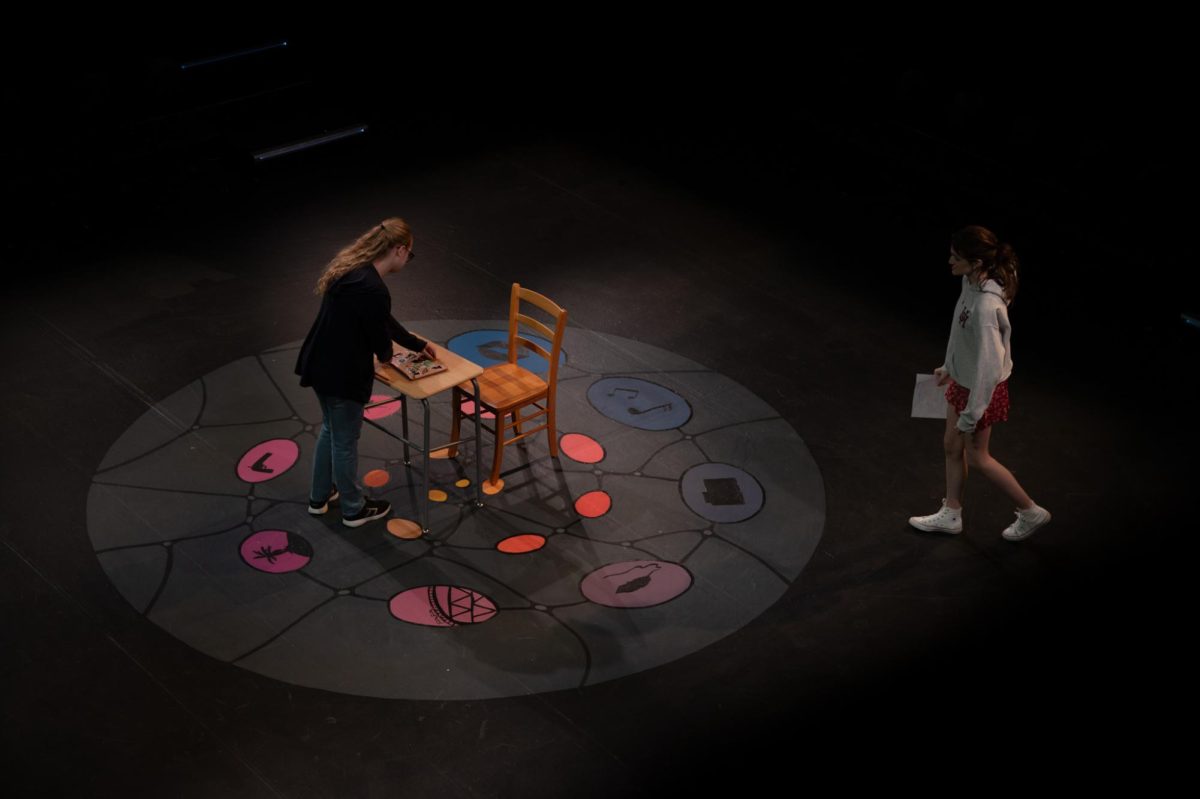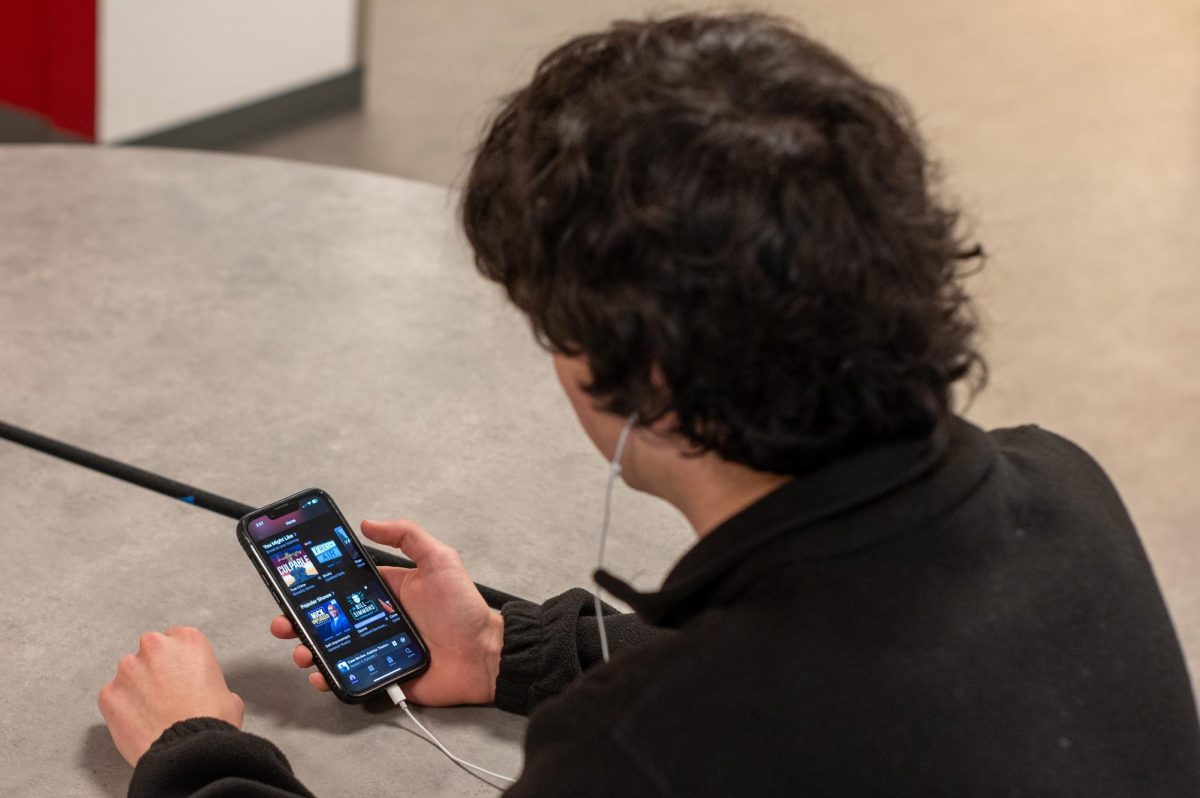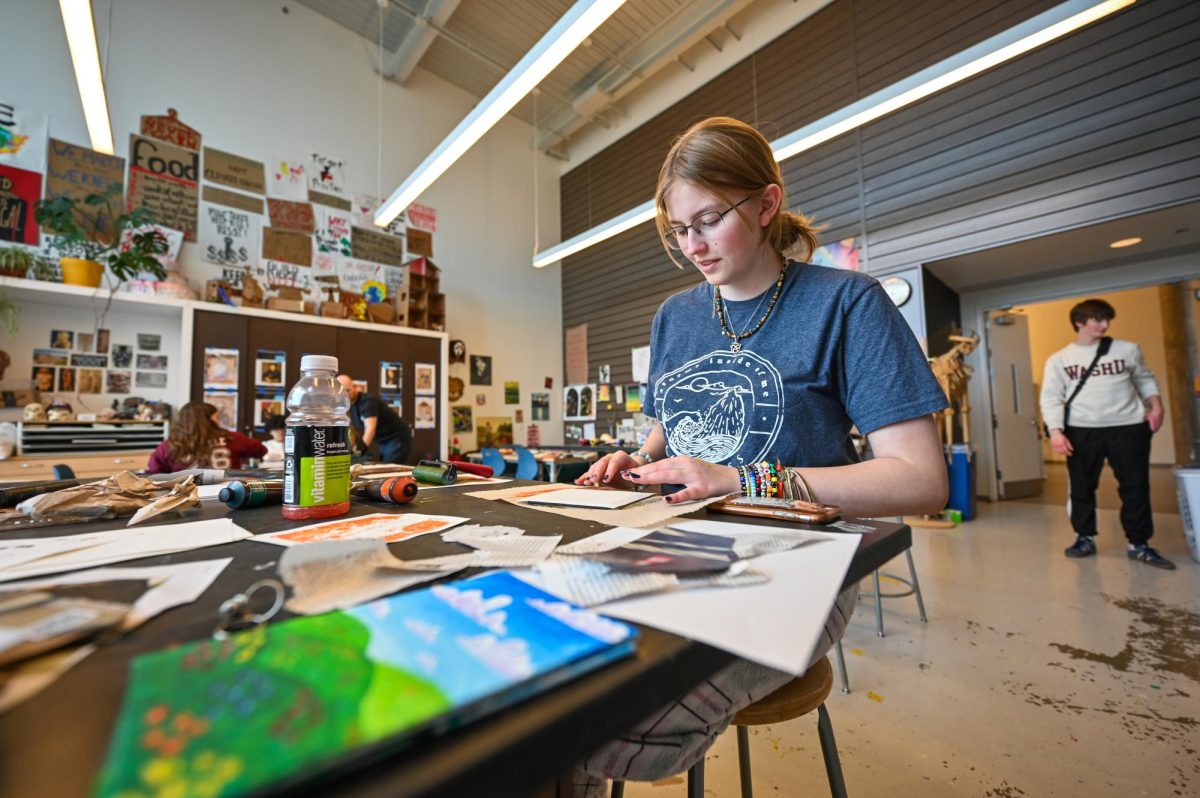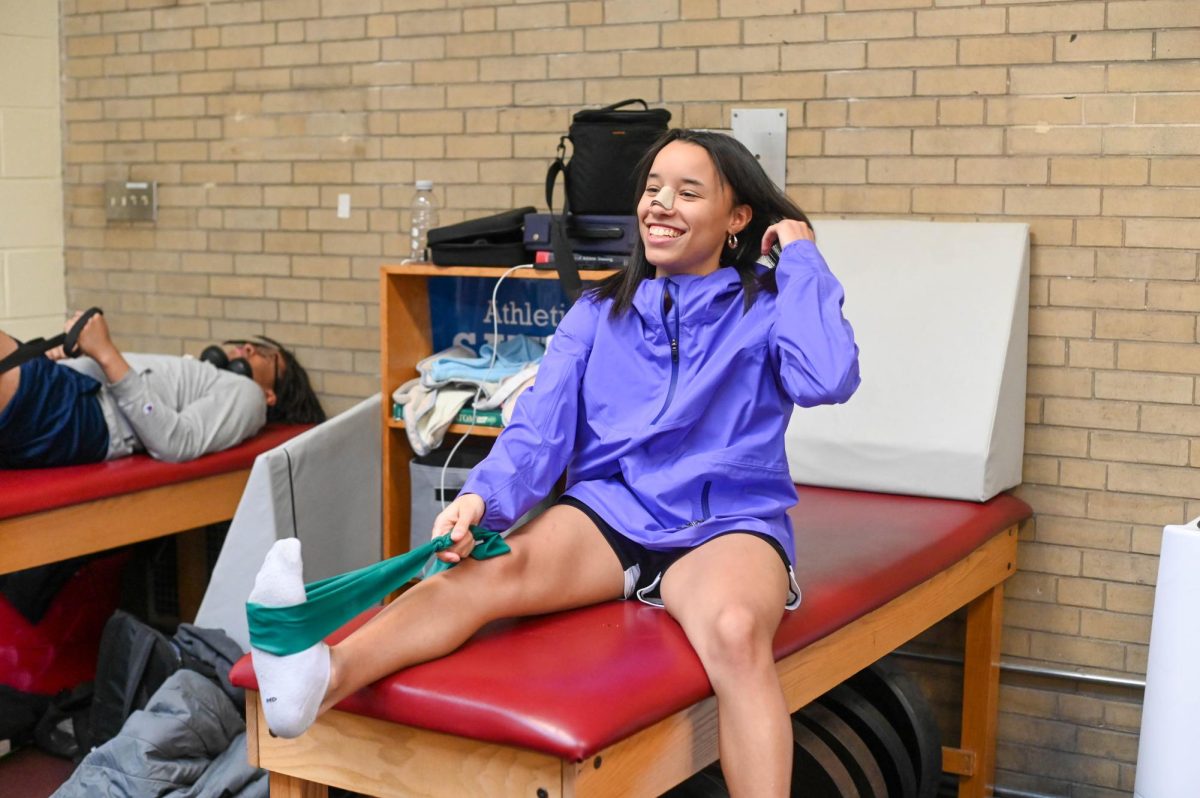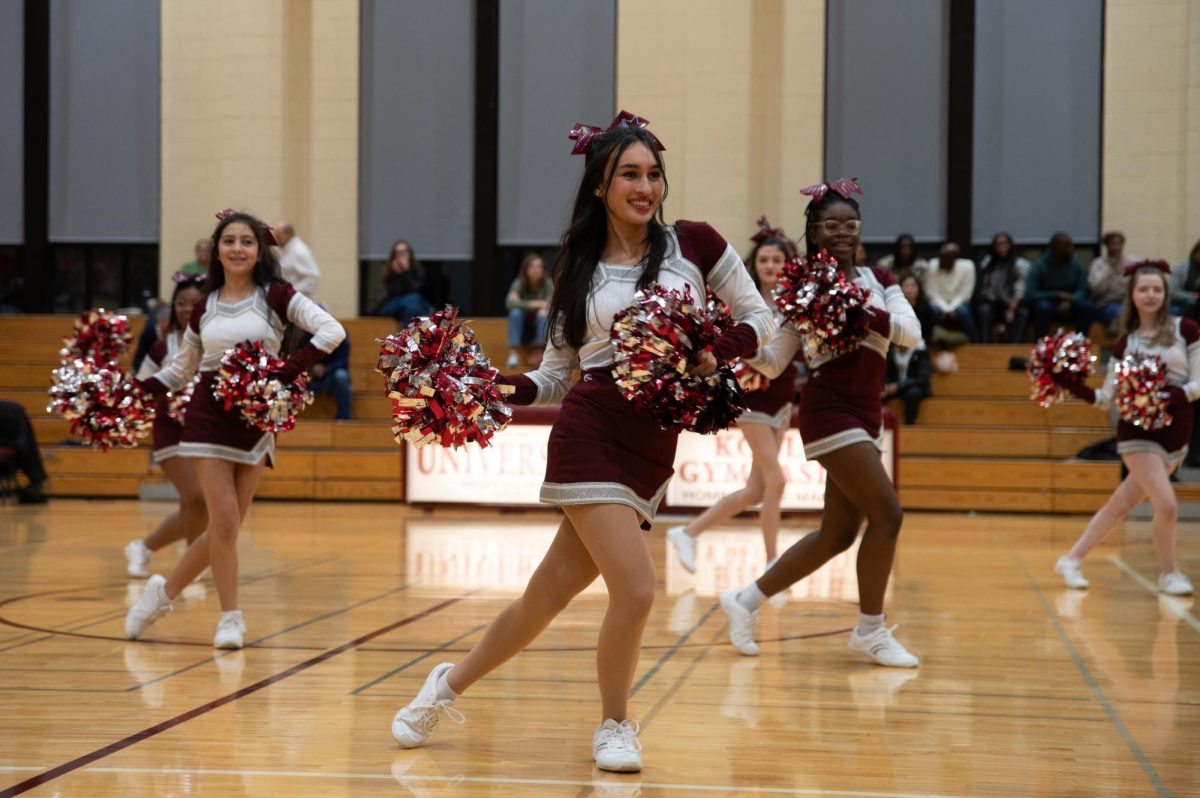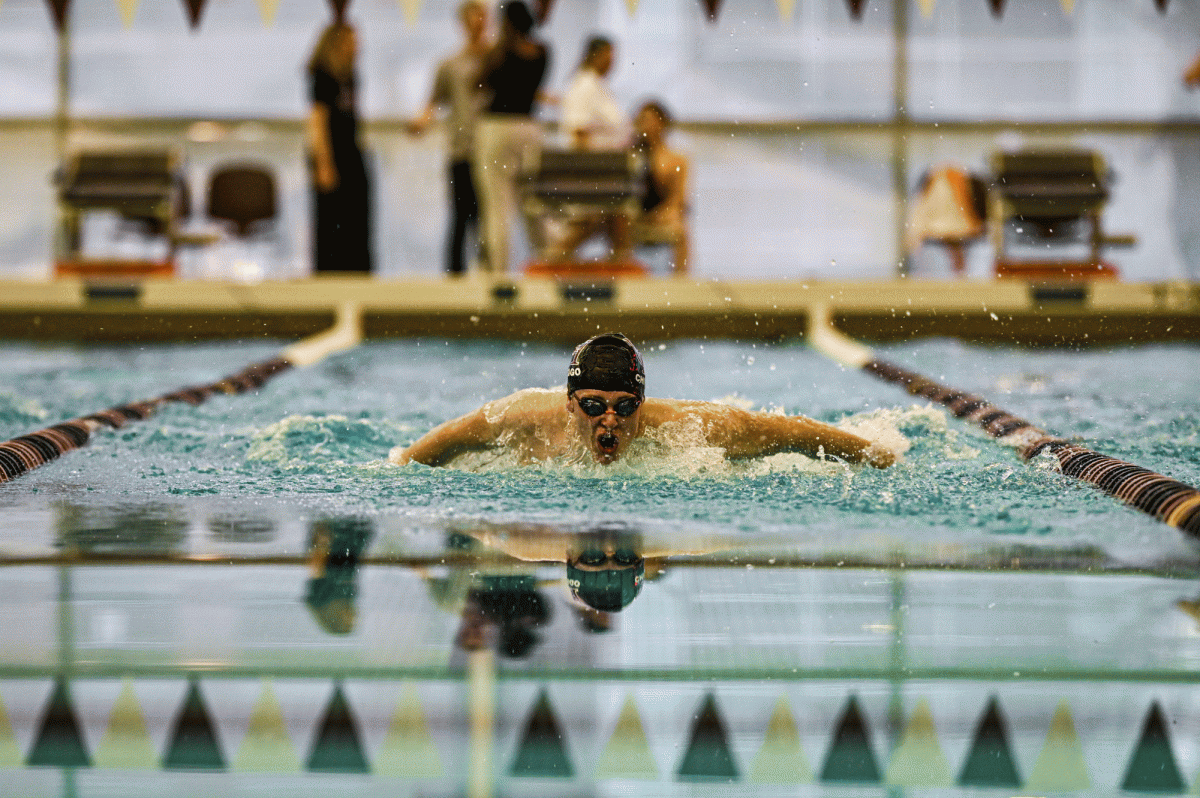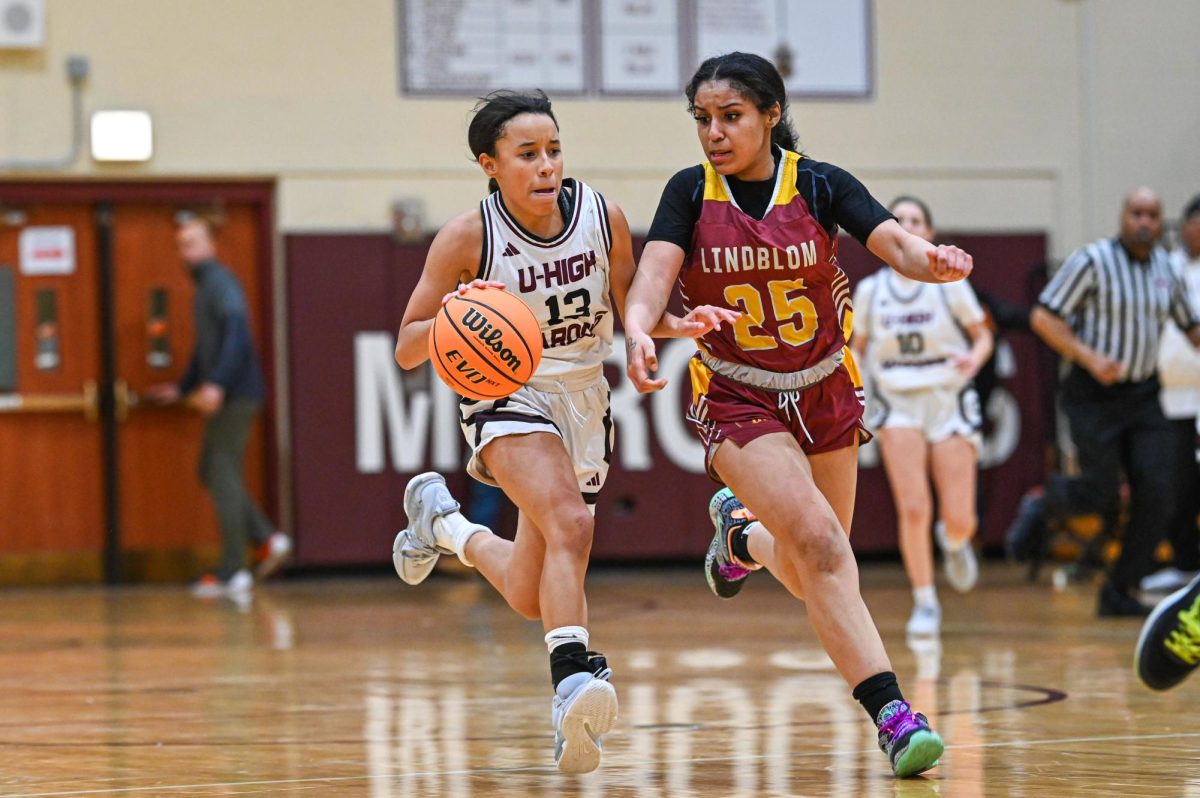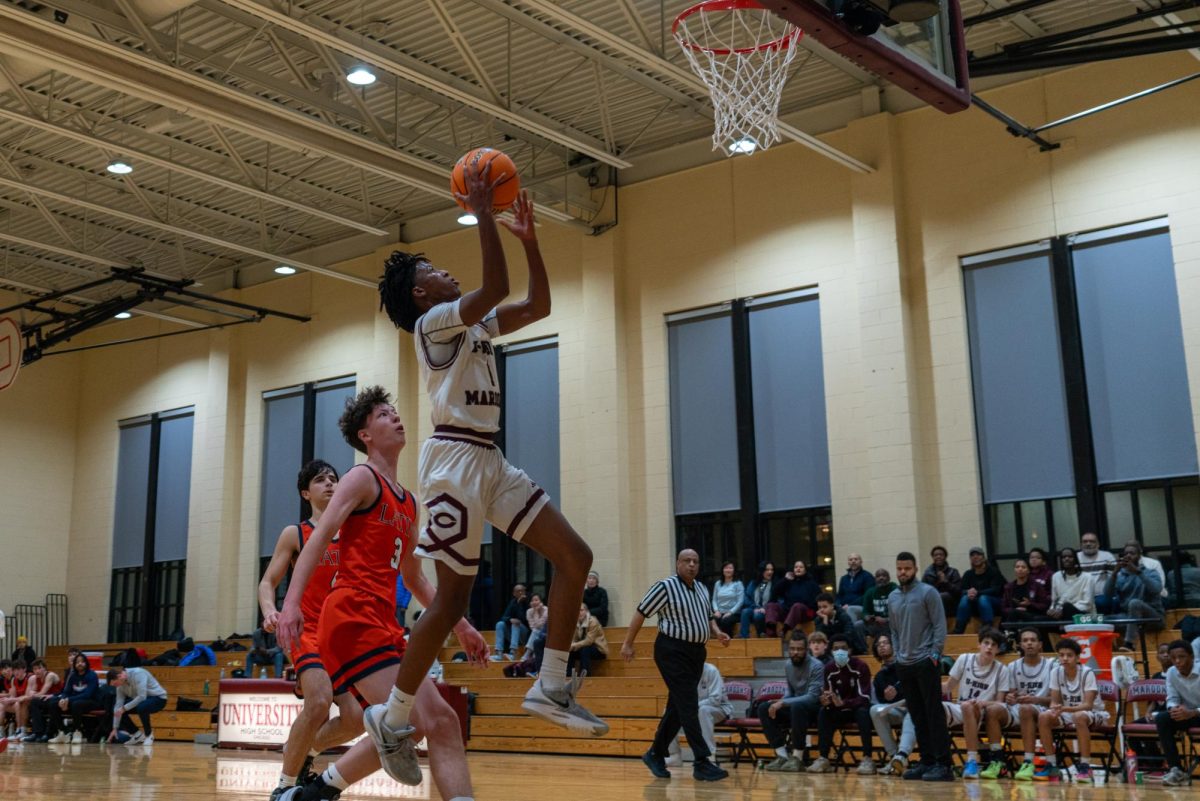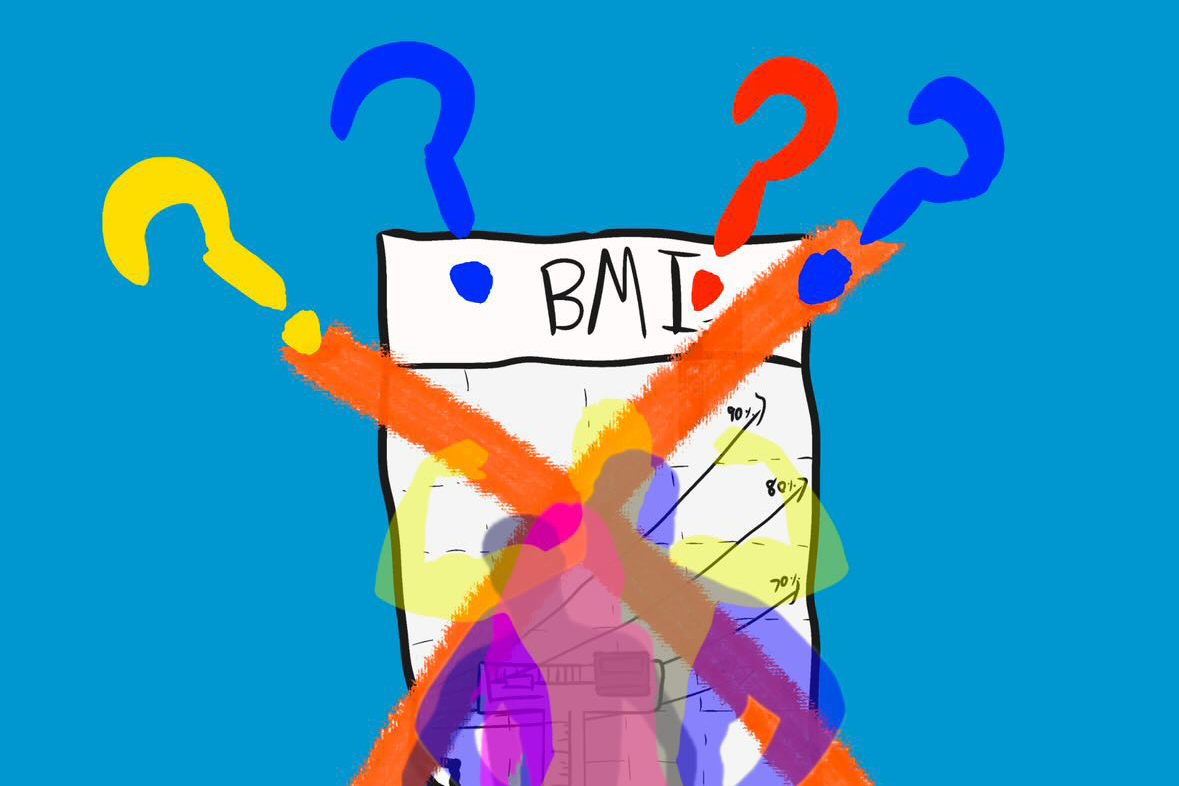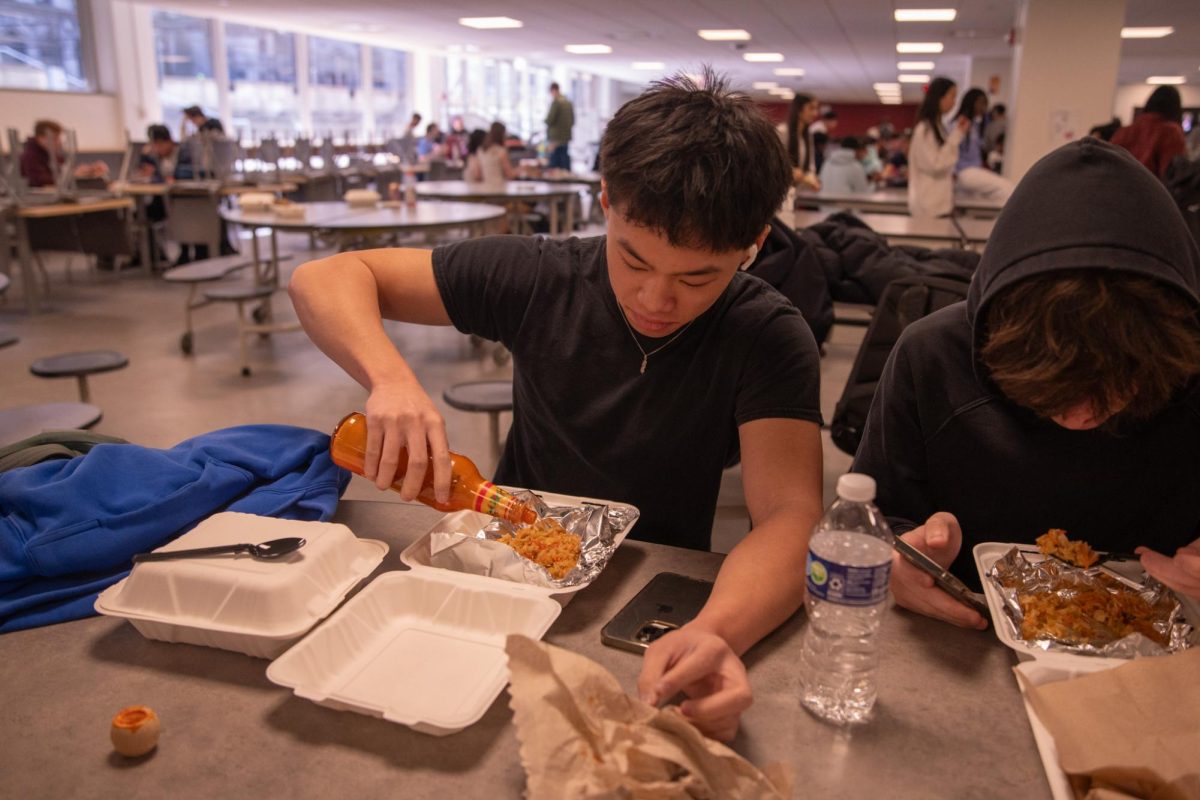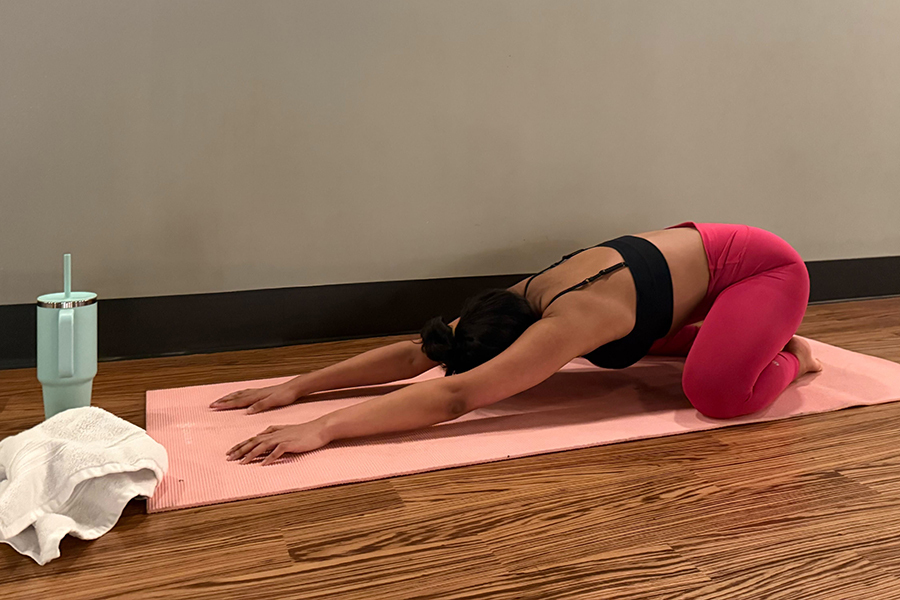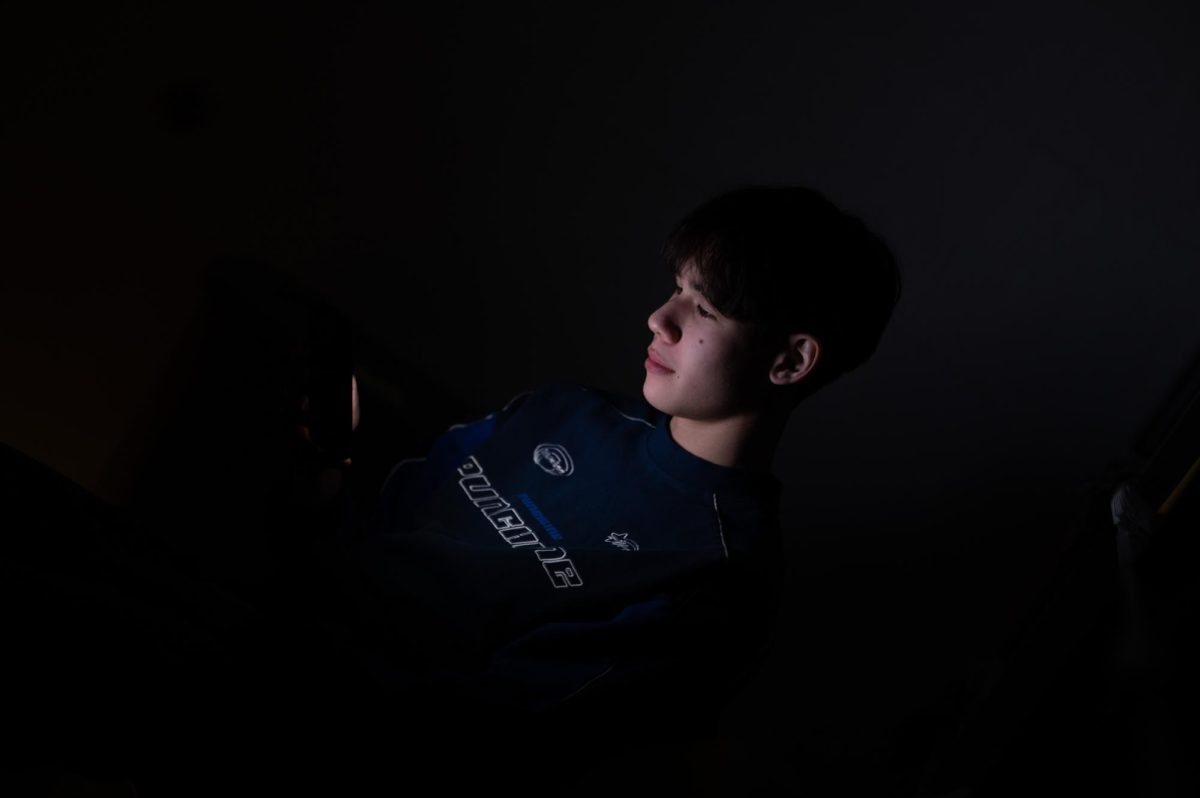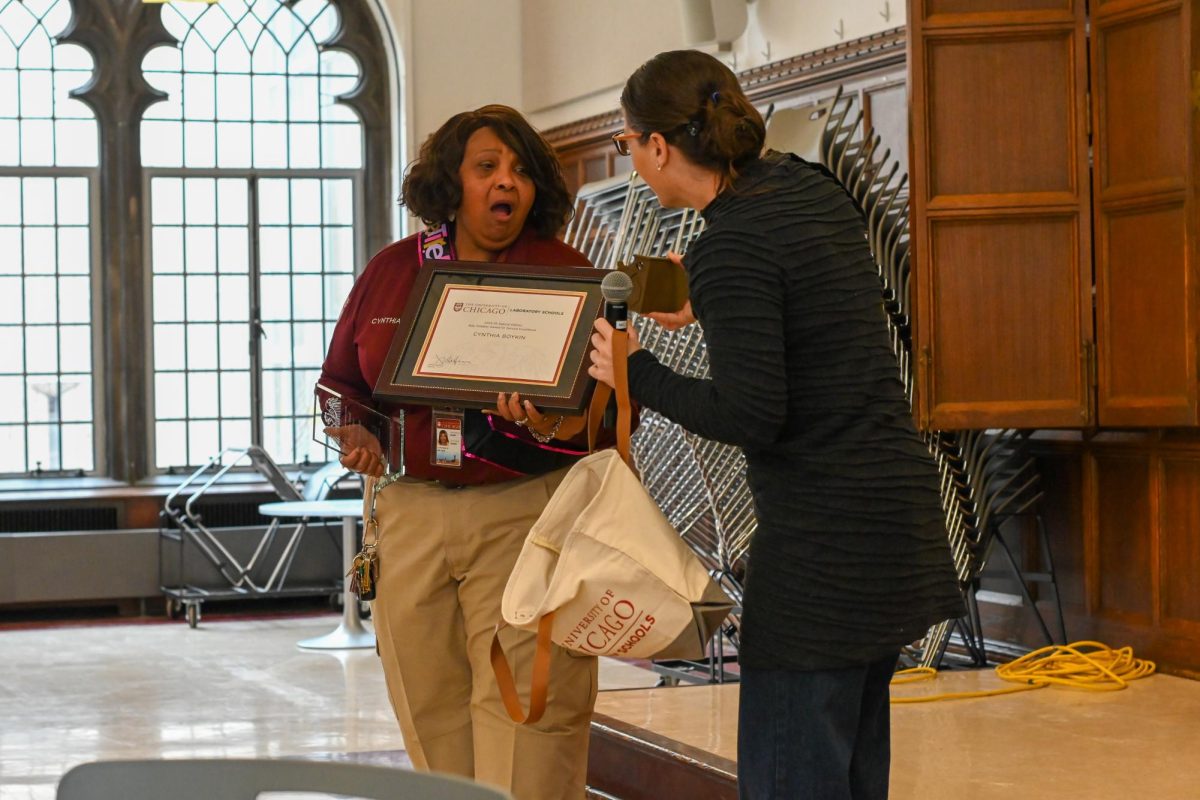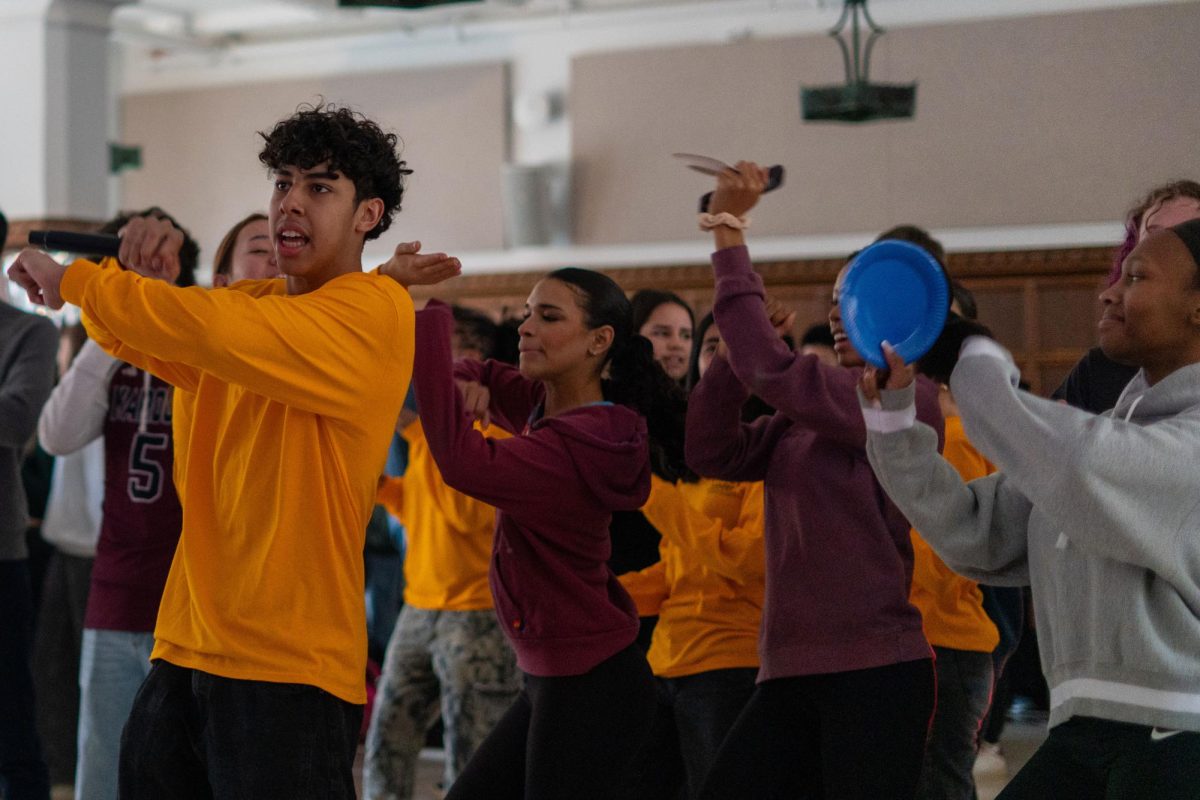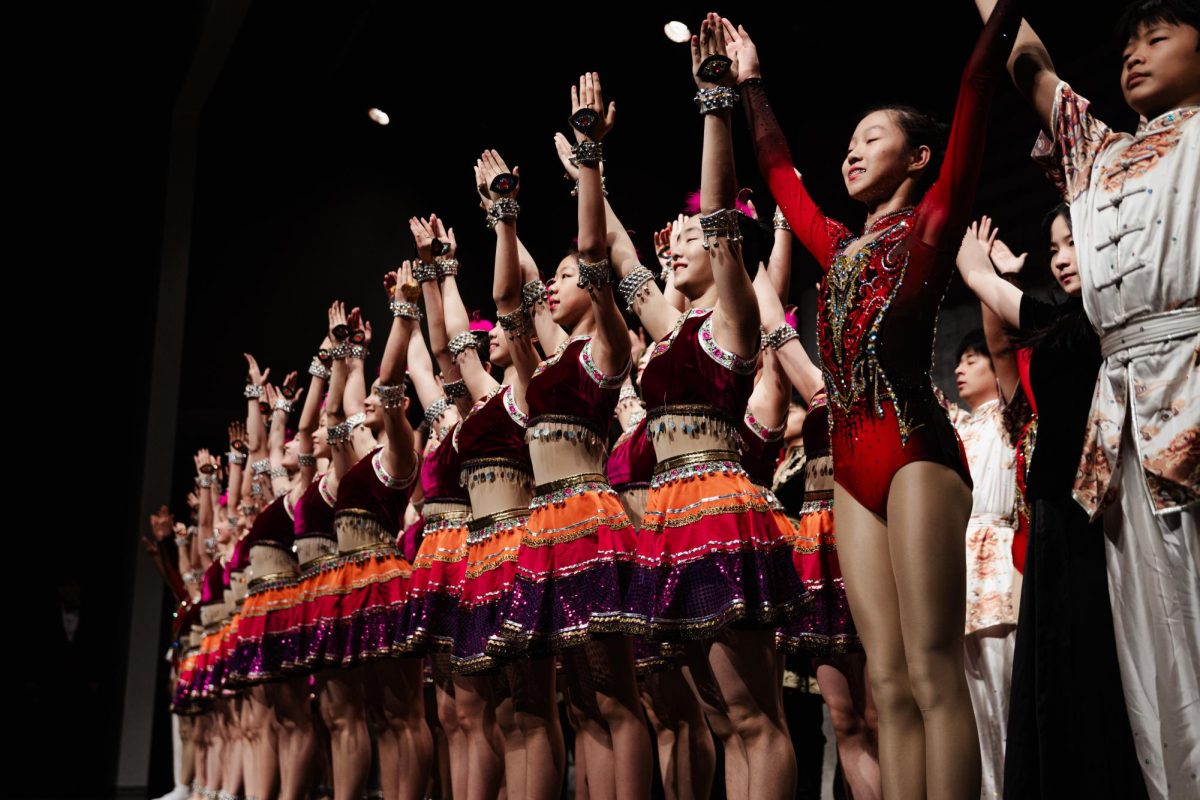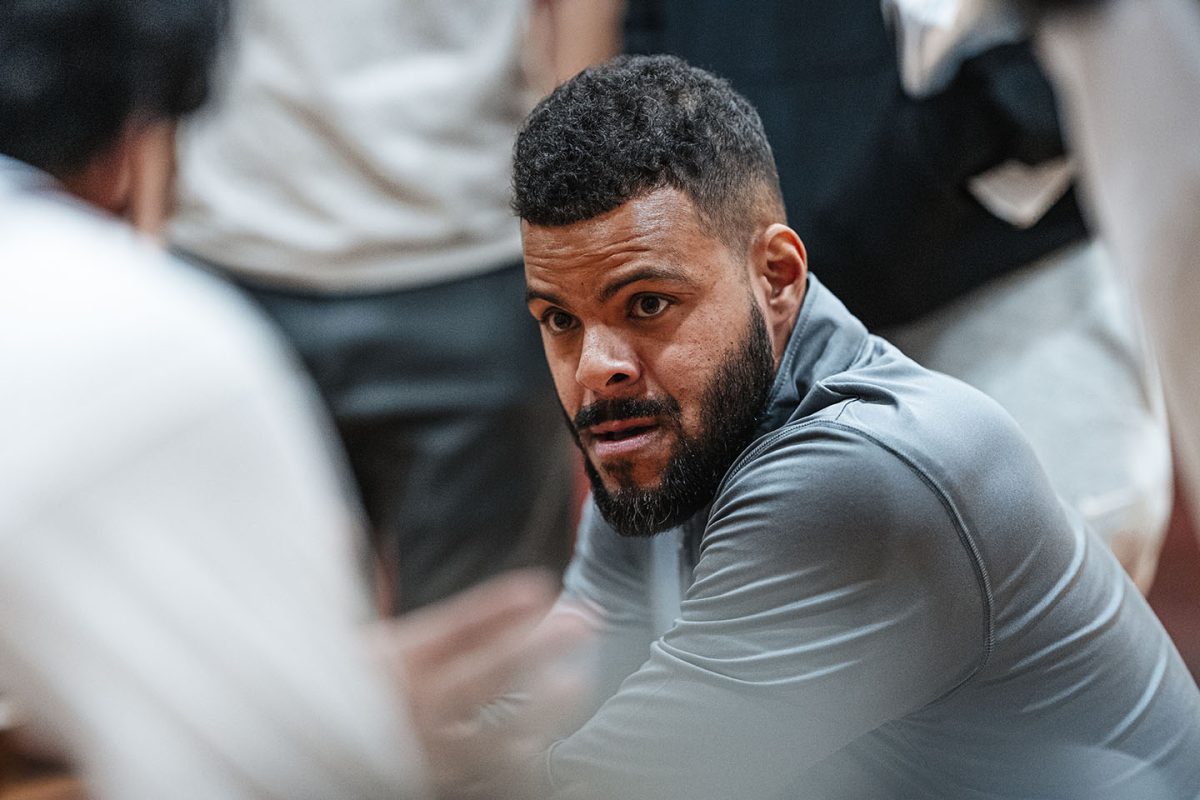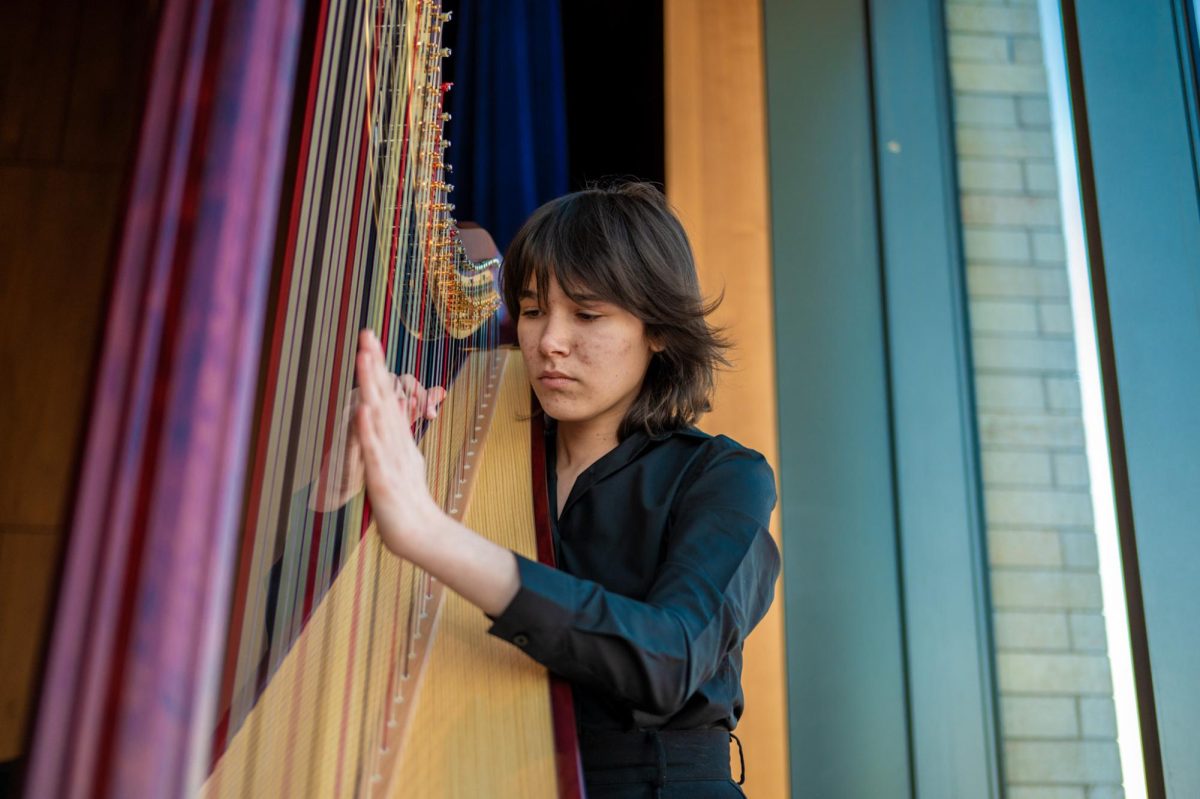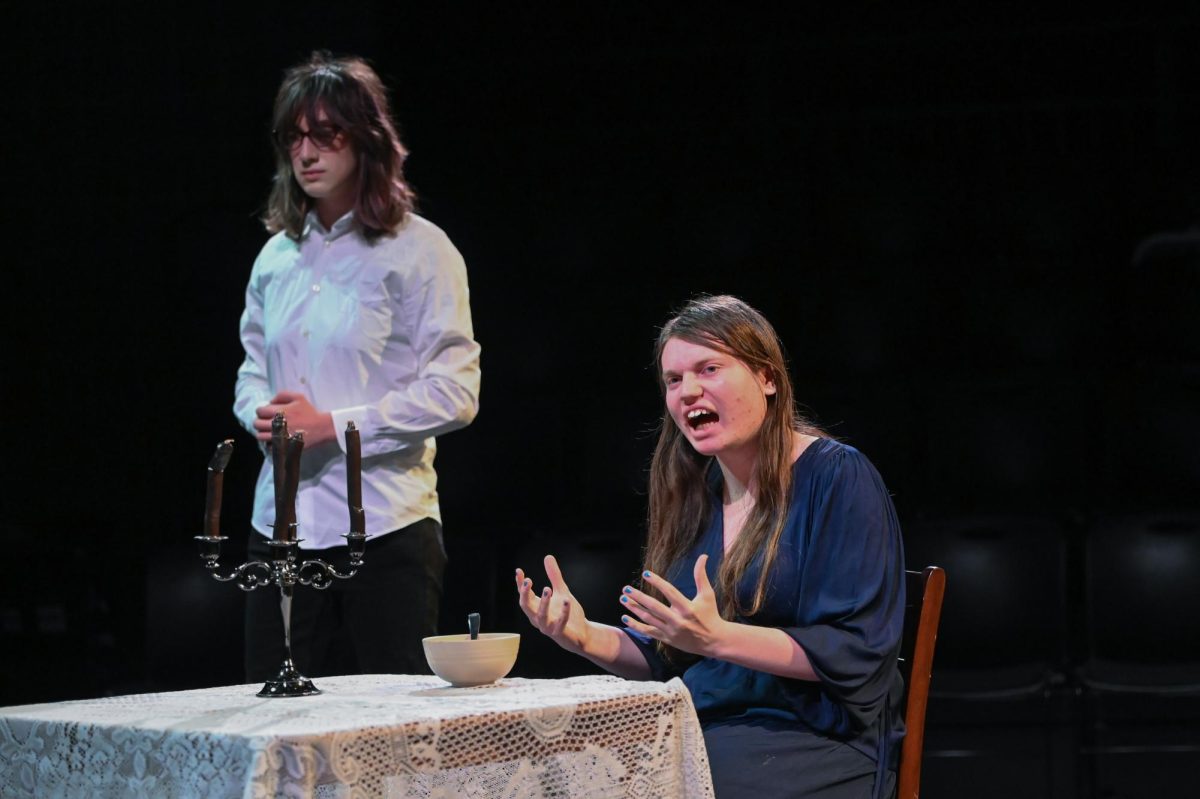The harp isn’t your run-of-the-mill orchestral instrument. Delicate, enormous and rare, the harp brings together a small but united group that see the special value in their special instrument.
“I remember someone asking me, ‘Is it true that all harpists know each other?’” Sierra Stacy, a harpist and U-High senior, said. “It feels kind of like a big family. That’s kind of cliché, but it’s like, everywhere you go, there’s someone you know.”
Sierra plays the harp in the Hyde Park Youth Symphony Orchestra and does chamber with a cellist from there. Sierra first started wanting to play the harp in eighth grade during pandemic distance learning, when she heard that a singer she was a fan of played the harp. She spent a year asking her parents.
“They were like, ‘We’ll talk about it when the pandemic is over,’ because they thought I was going to forget about it,” Sierra said, “but I begged pretty much the entire year.”
Sierra began taking harp lessons in ninth grade. She already had experience reading and playing music after being in choir for years and having taken piano lessons when she was younger. Still, this new instrument brought a new set of challenges.
“The harp is more difficult to sight read on than other instruments, because it’s kind of a physically demanding instrument,” Sierra said. “There are also pedals on the base of the harp, which are what change the strings from sharp to flat.”
The harp has become a crucial part of Sierra’s life. She plans to major in harp playing in college and to possibly pursue it as a career and combine it with another discipline.
“When you play you lean the harp back so it kind of feels like you’re hugging it,” Sierra said. “It’s been really nice to be able to watch myself grow skills at something like this.”
Opal Martin, a sophomore who is also a harpist, began playing when she was 7. She was in the Chicago Youth Symphony Orchestra before the pandemic and played “Hallelujah” at her eighth grade graduation. She said the harp is a uniquely difficult instrument to get the hang of, requiring the musician to juggle several parts of the instrument at once.
“It’s actually a very technical instrument, where you organize hand placement and pedal changes and dynamics all at once — but it’s also very beautiful,” Opal said. “And once you start getting into it, I think it’s really hard to get back out.”
Opal got interested in the harp when her first grade teacher introduced her class to different musical instruments to experiment with. Opal was immediately drawn to the harp.
“In that classroom, it definitely wasn’t popular at all,” Opal said. “It’s pretty hard to find harp players. At least in Chicago, there are a lot more harp players, a lot more harp teachers, but I know in other areas there aren’t.”
Harp players are rare. That makes the harpist network small and tightly knit.
“I’ll see, like, my old harp teachers, and everyone’s really close to each other. Everyone’s definitely friends. Everyone knows each other really well,” Opal said. “I think it’s like that because it’s such a small community.”
The uniqueness of an instrument like the harp comes with its disadvantages. Sierra said that at times, conductors or players of other instruments don’t understand how much it takes to play the harp, which can be frustrating.
“Sometimes a conductor doesn’t really realize how hard it is to read on harp, and they put you on the spot,” Sierra said. “Or like, when they want to go back to a different section of the piece, they just start playing it, while you have to change your pedals.”
Sierra also described close bonds between harp players. For the past two years, she has gone to a music camp over the summer. Even though she had a later start to playing, she felt truly accepted and supported by the other harpists.
“When I went both years at camp, I felt like a newb because I haven’t been playing that long, and everybody else has been playing the harp a lot longer than I have,” Sierra said. “But they were all really supportive. It was really motivating. It made me happy to find that community.”

